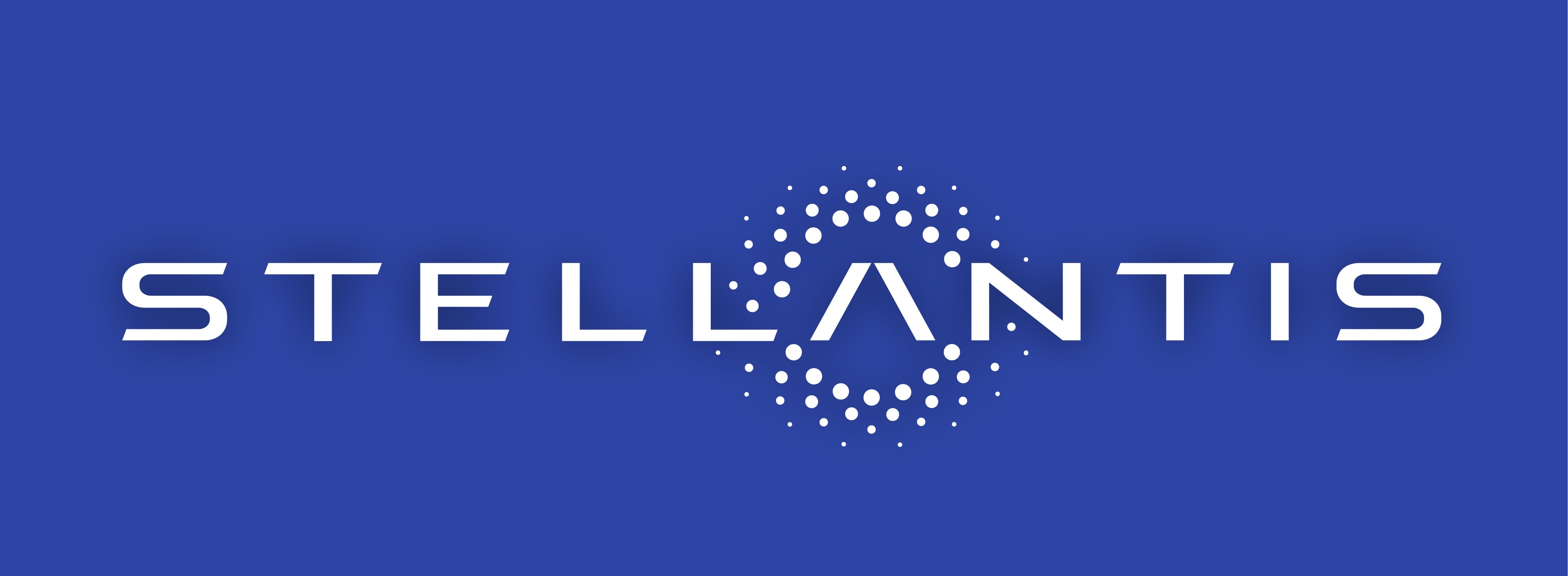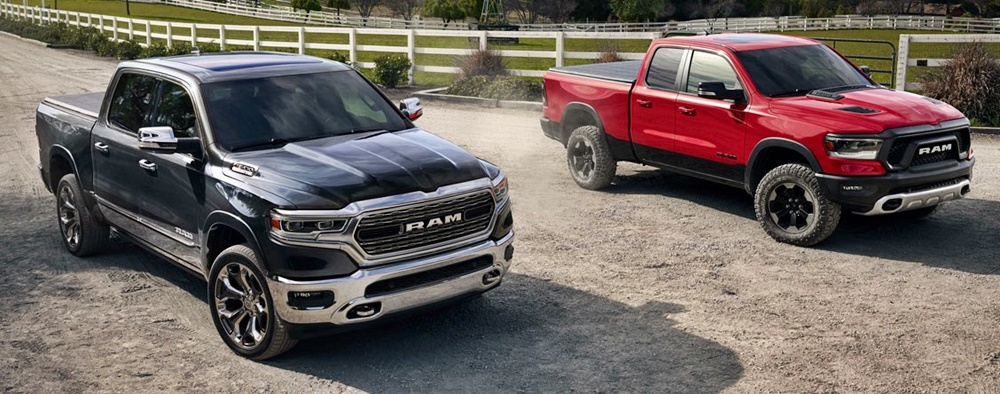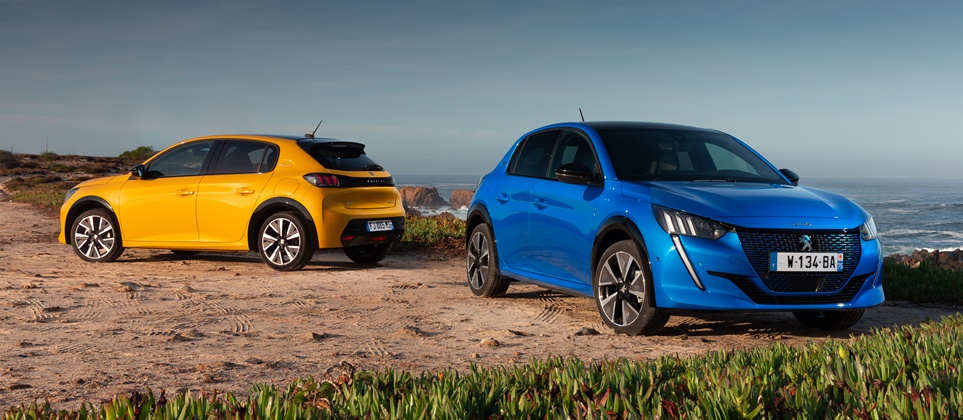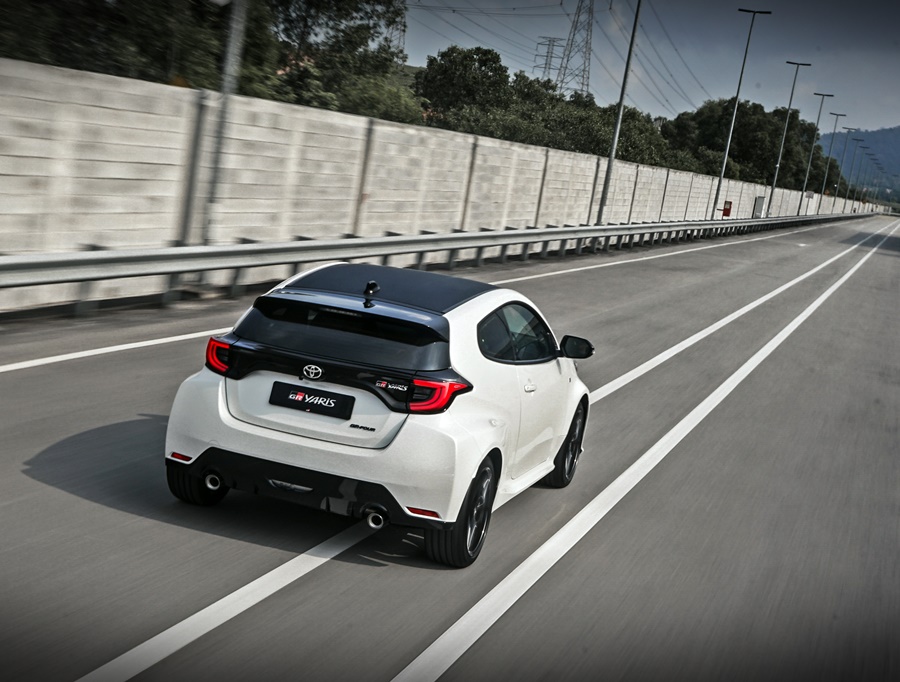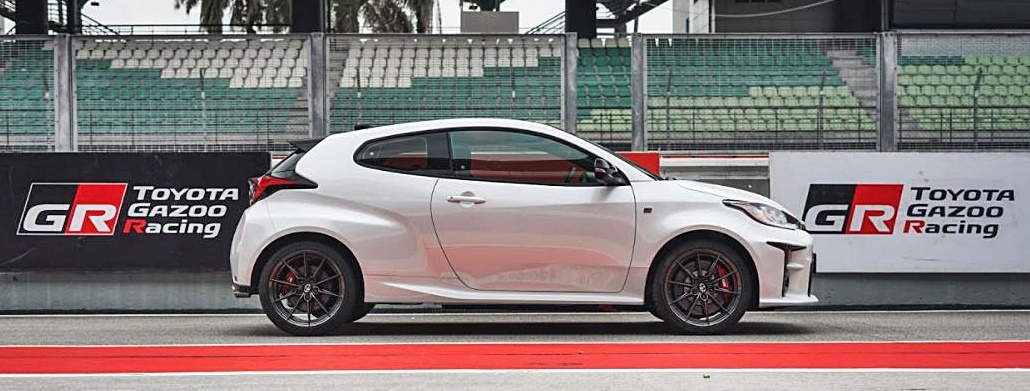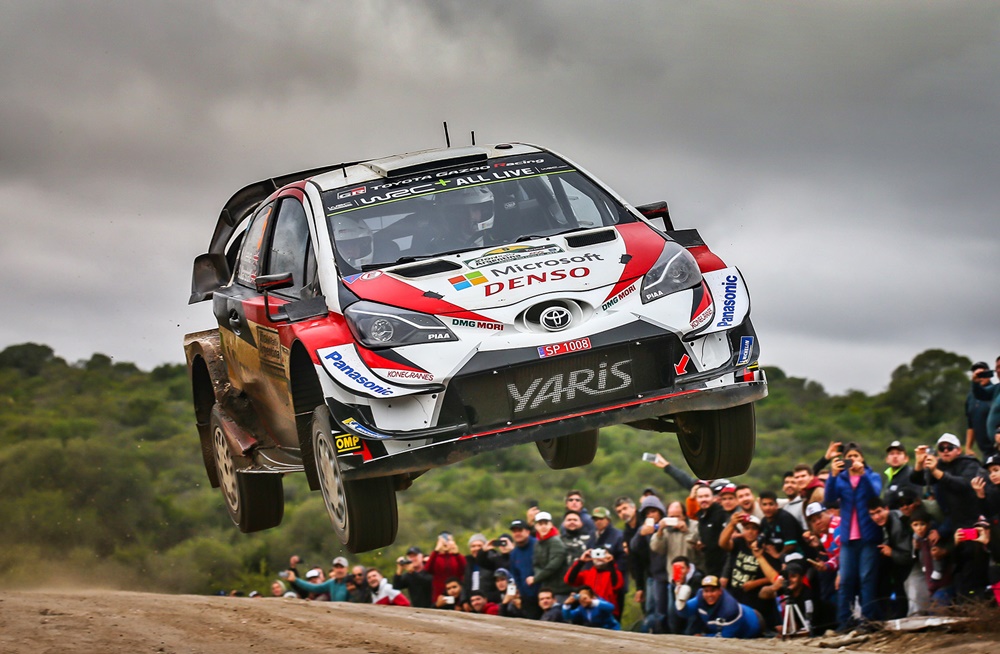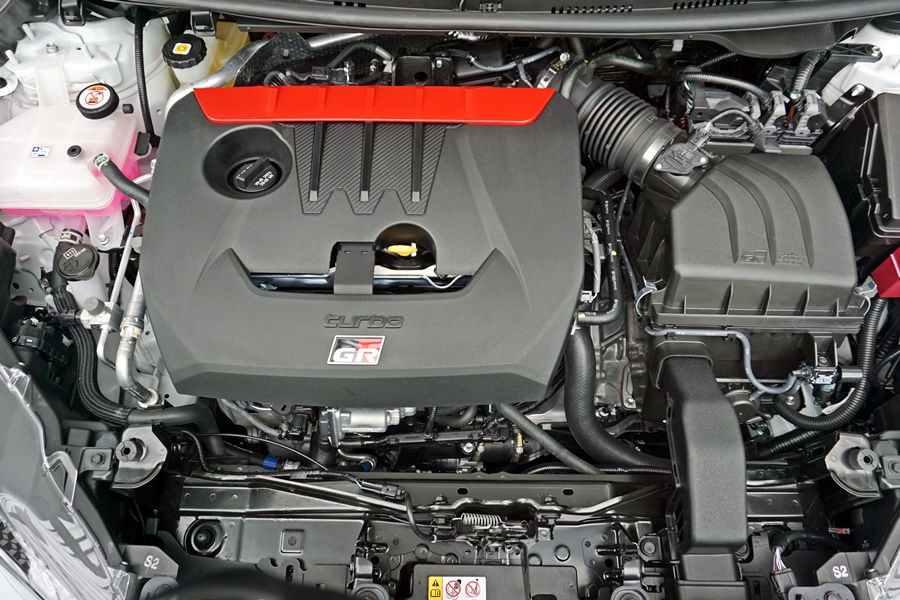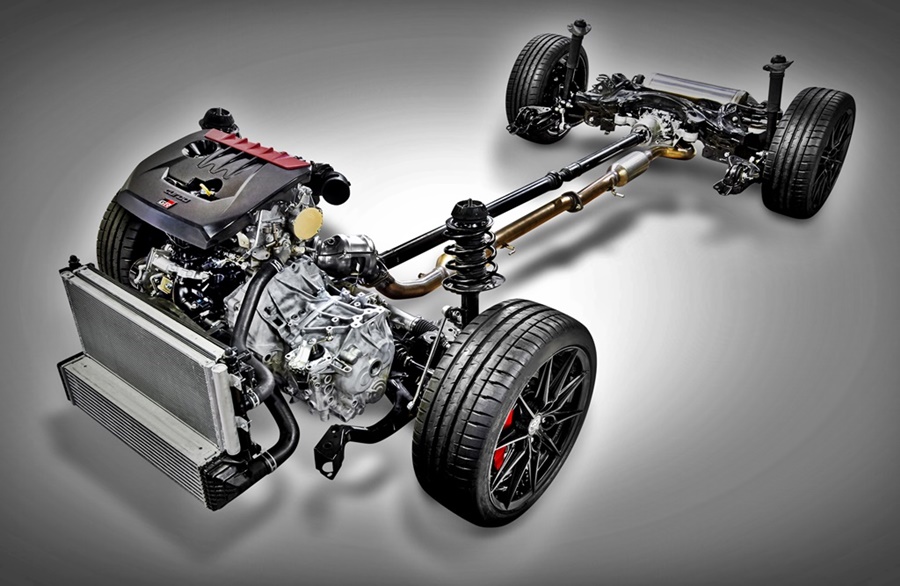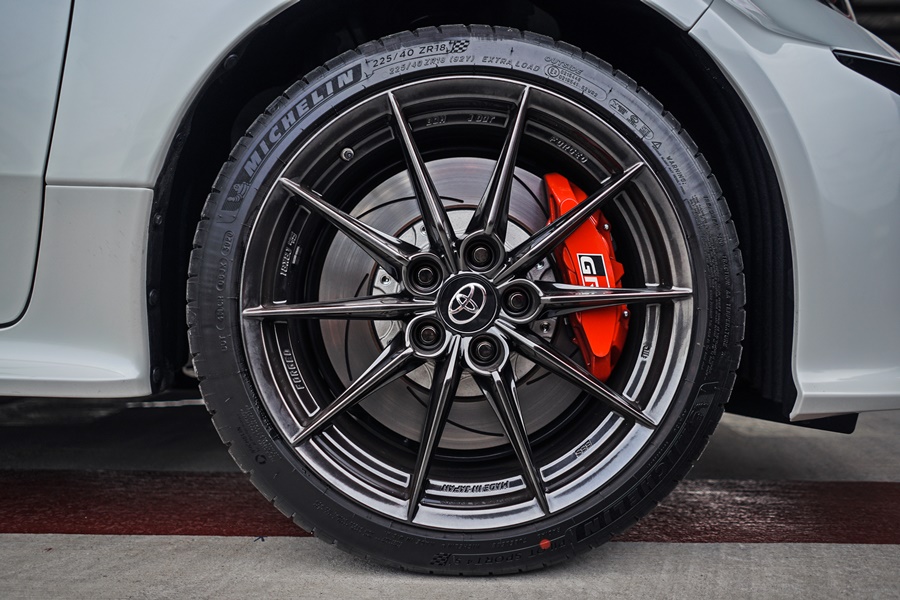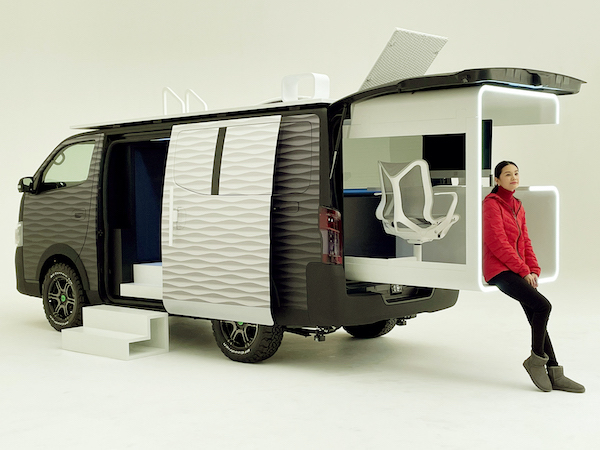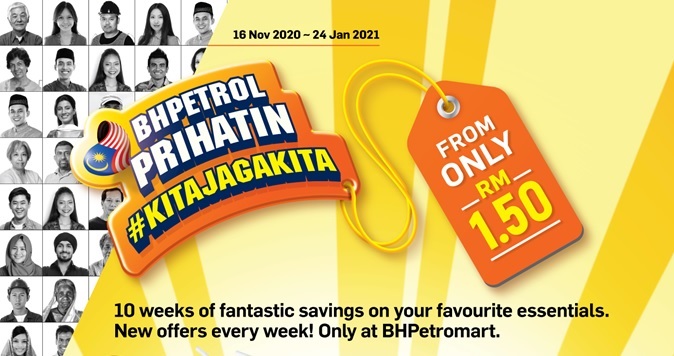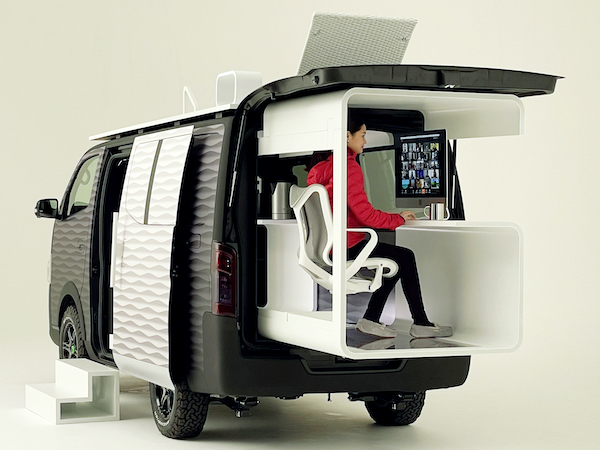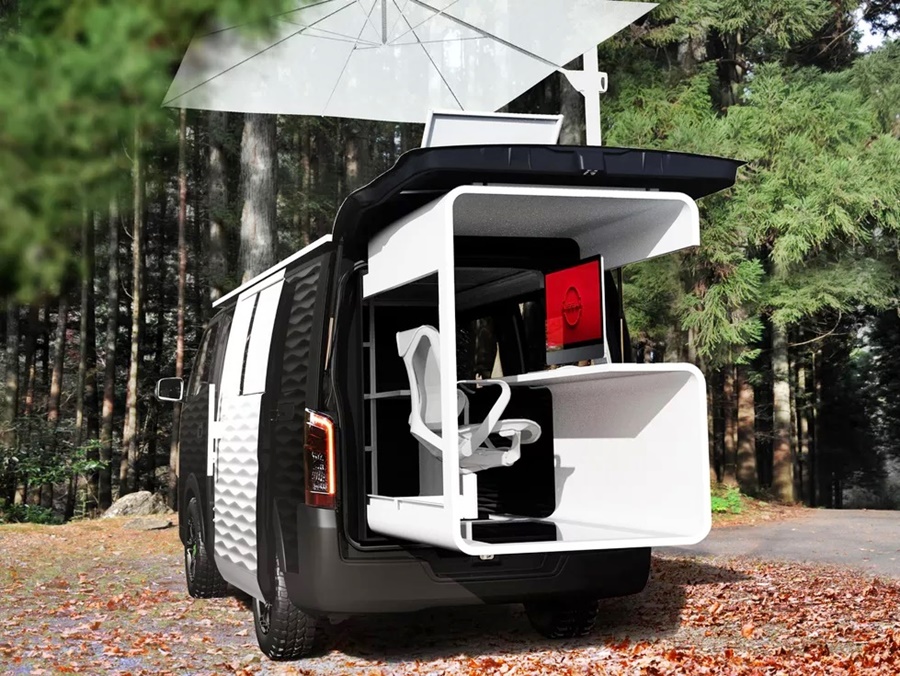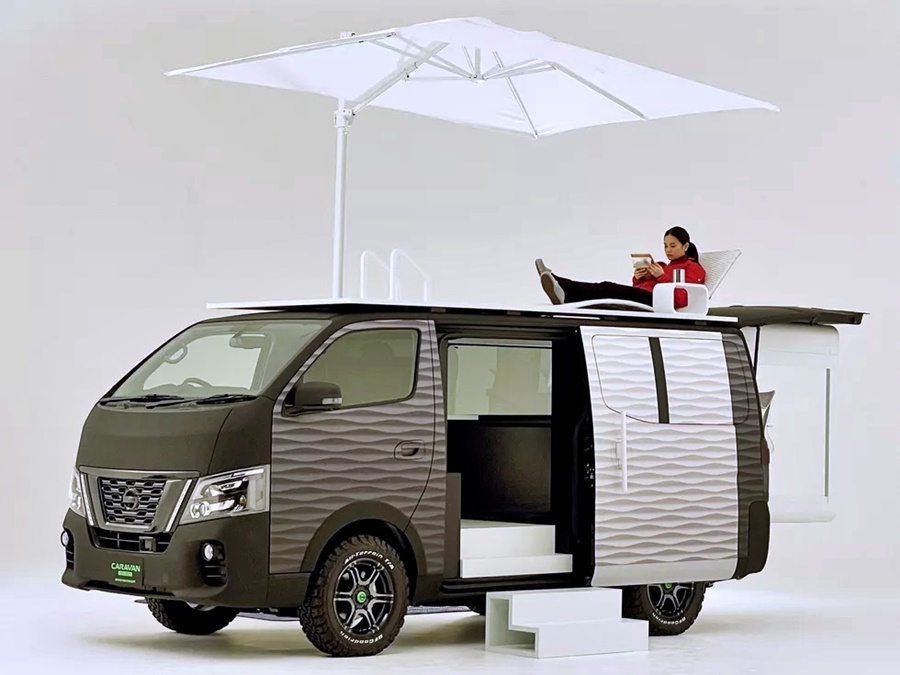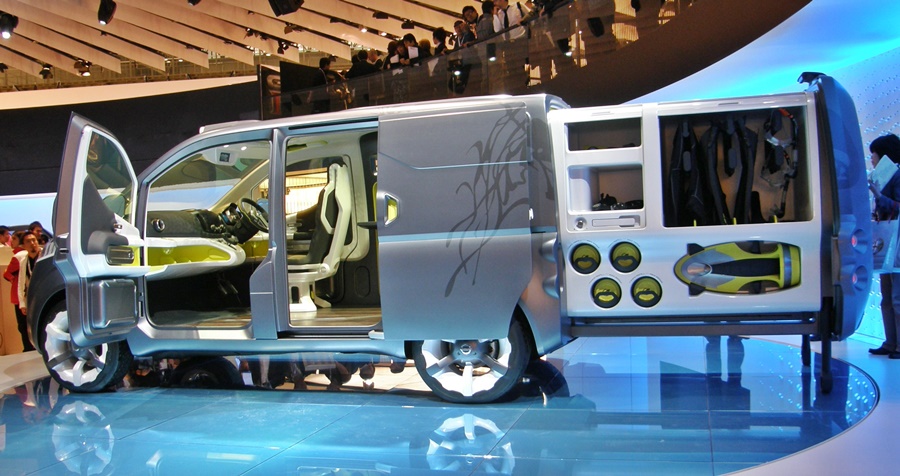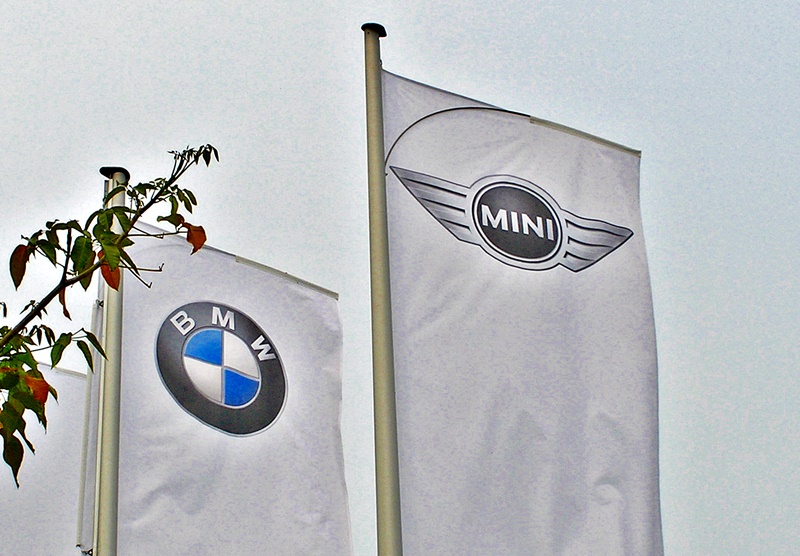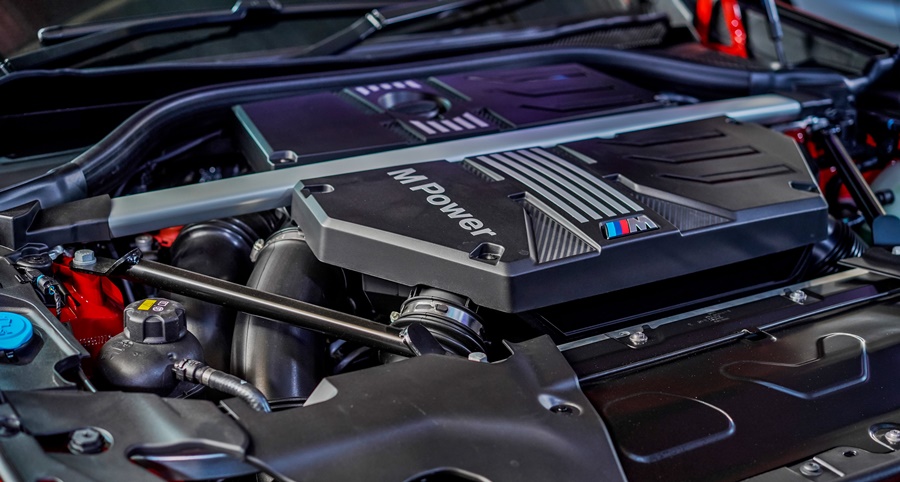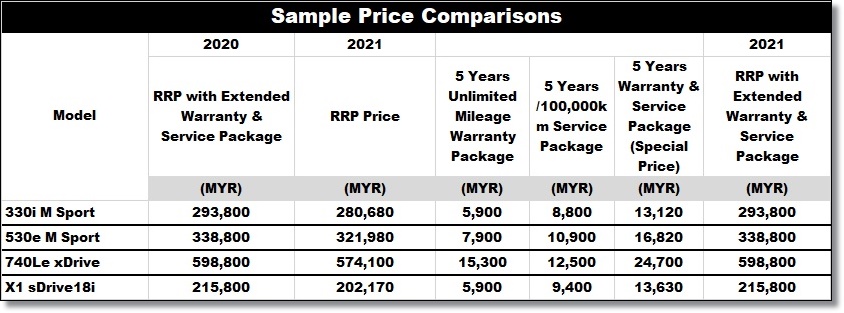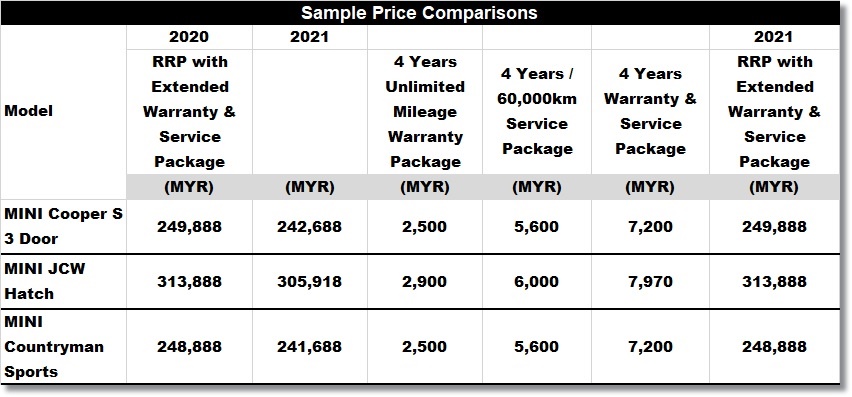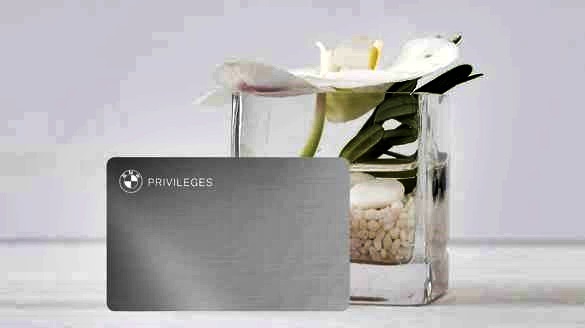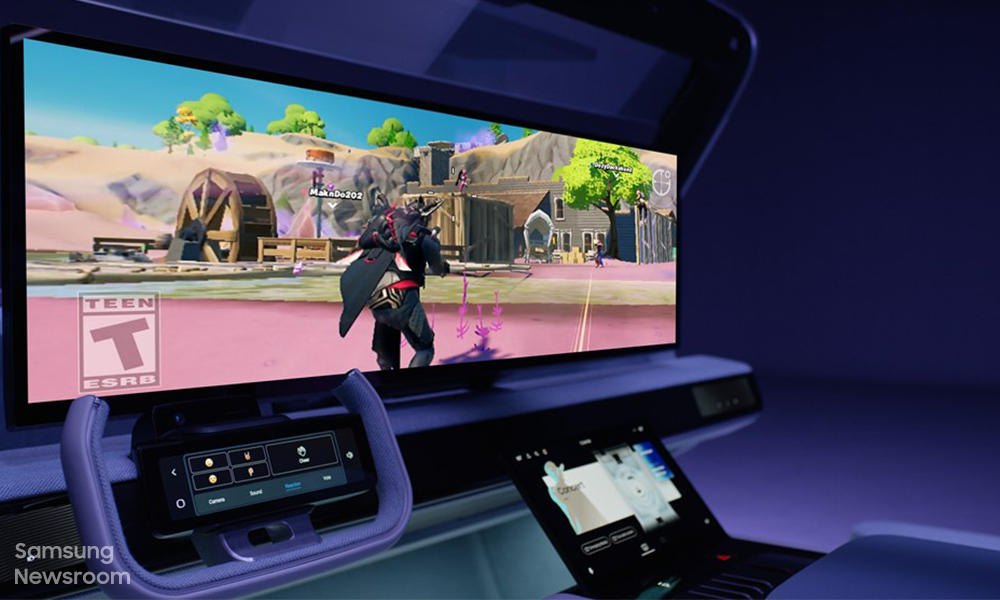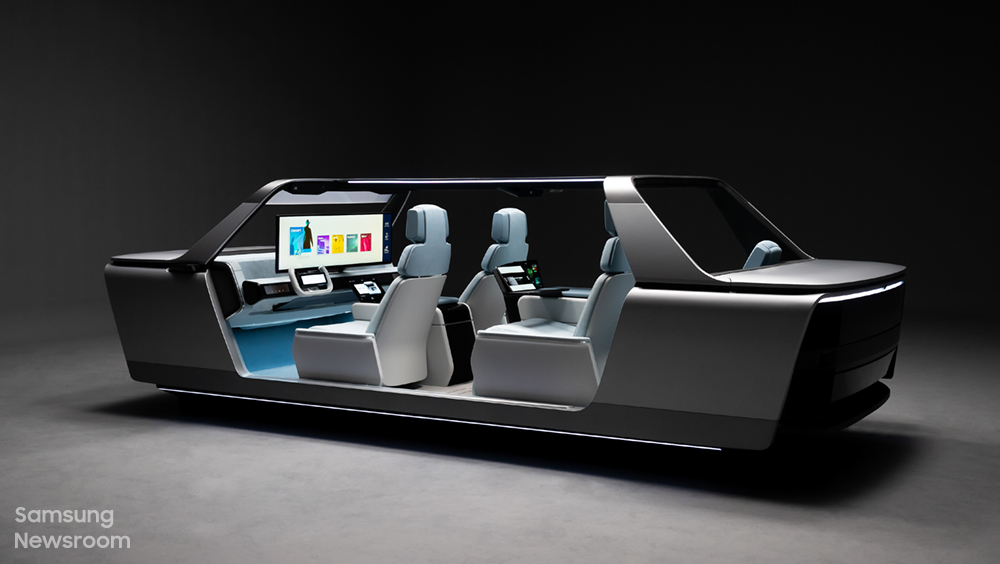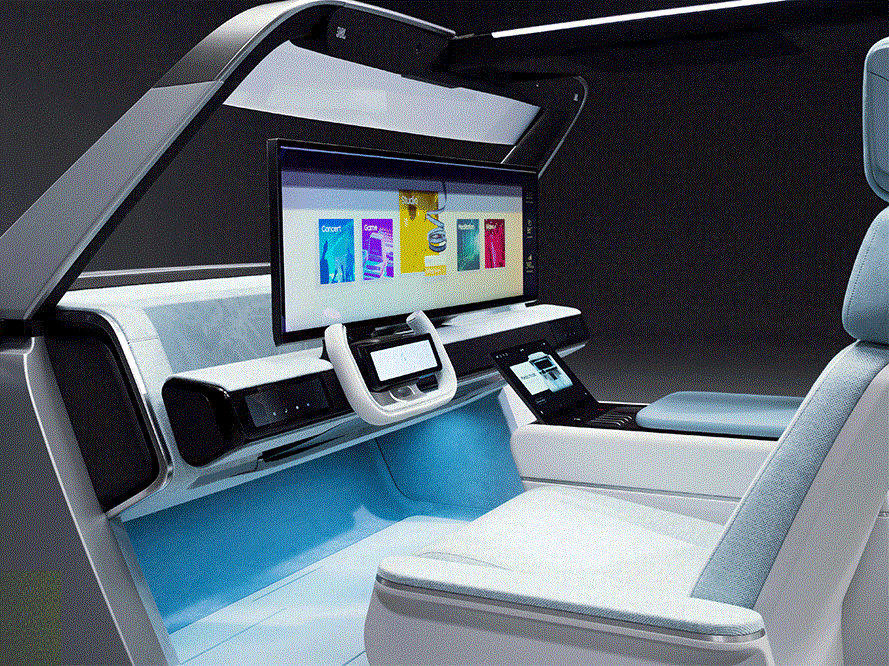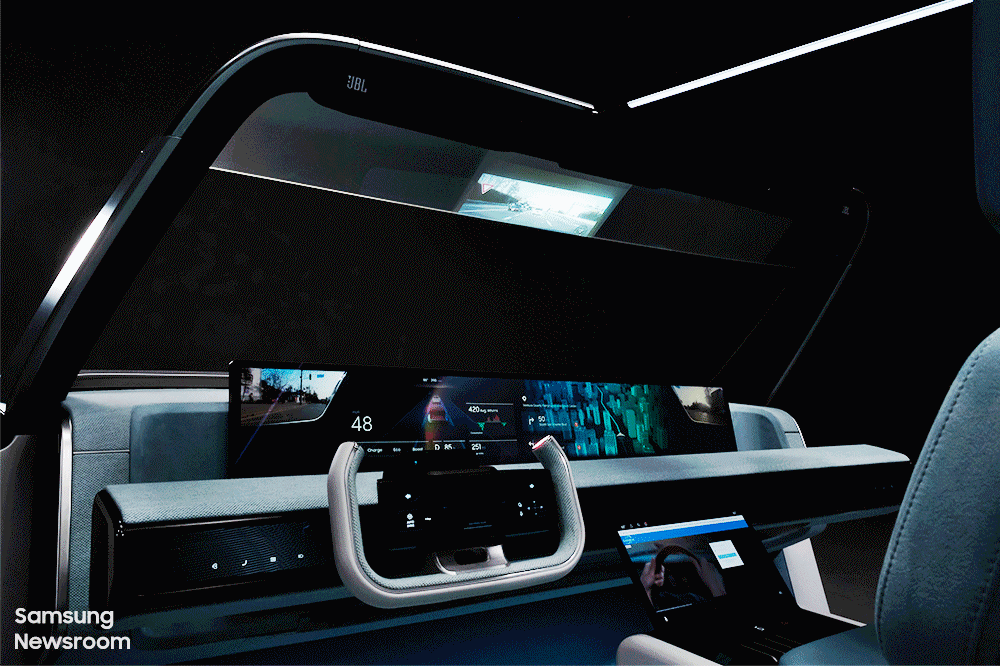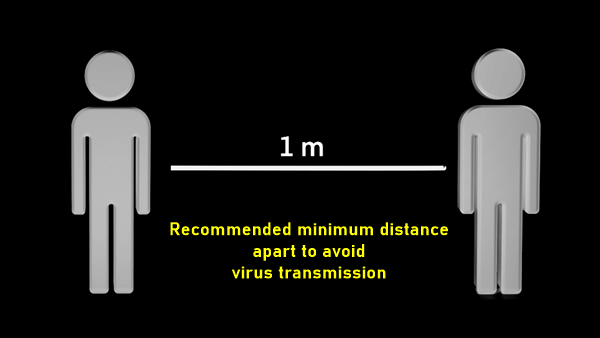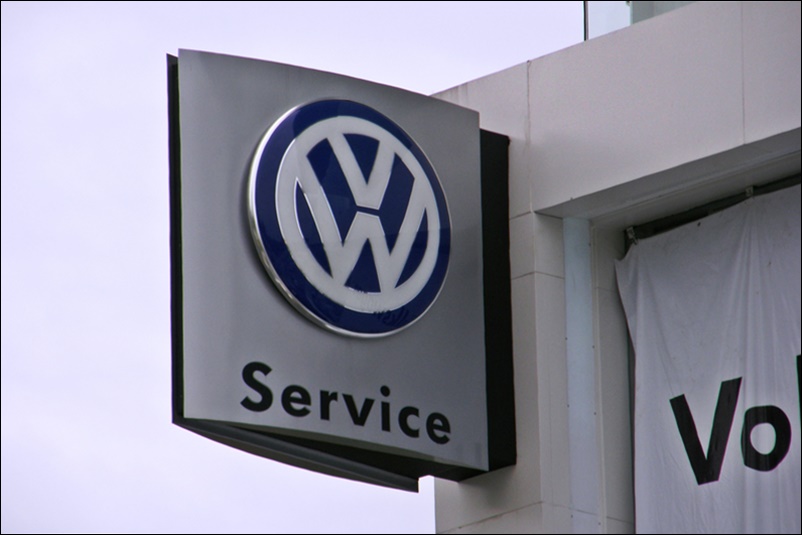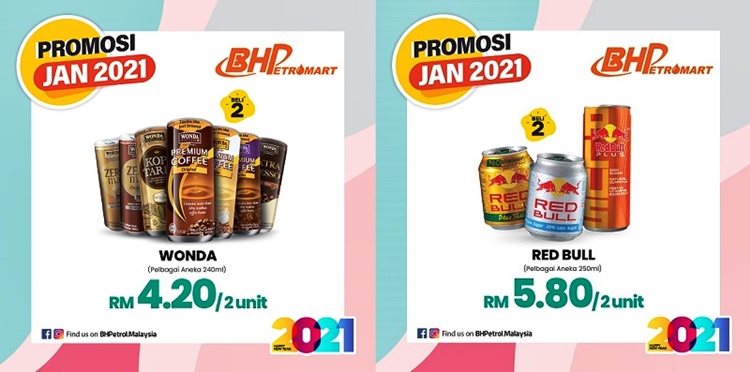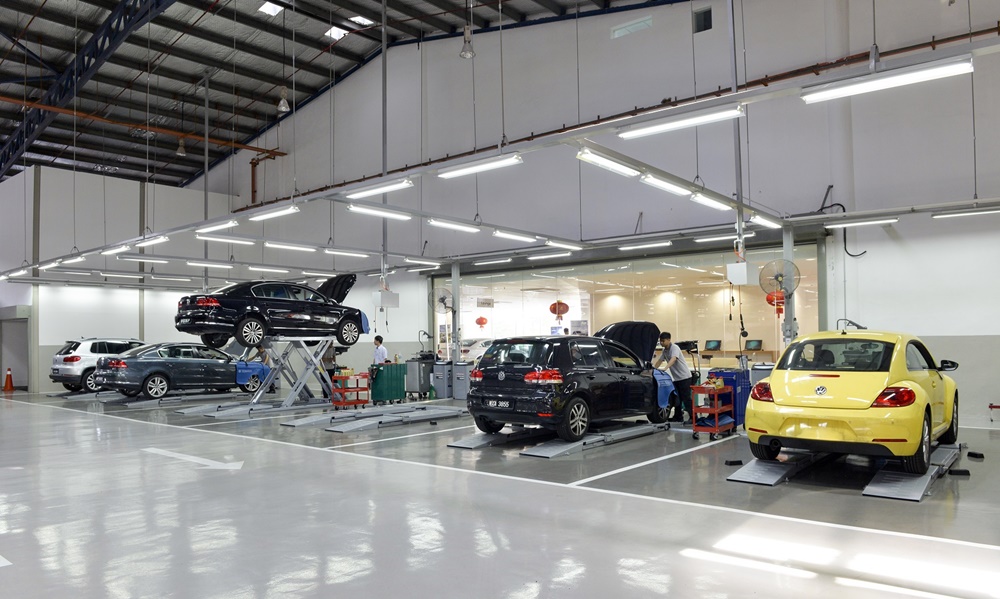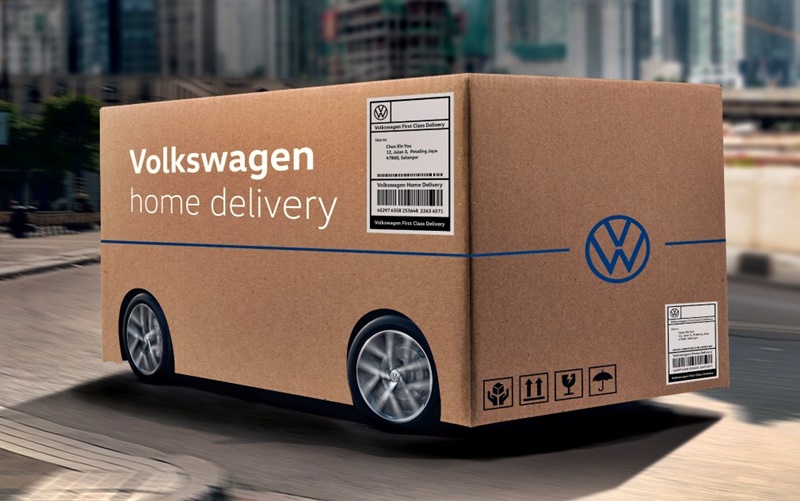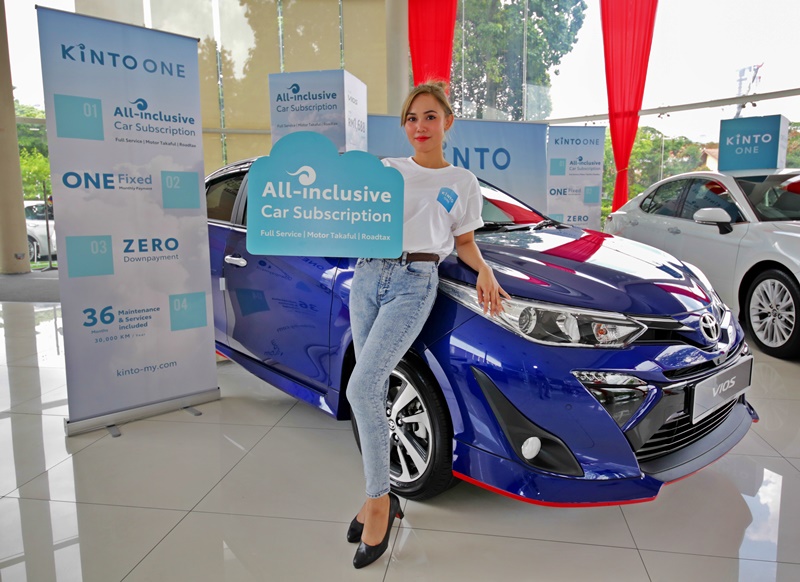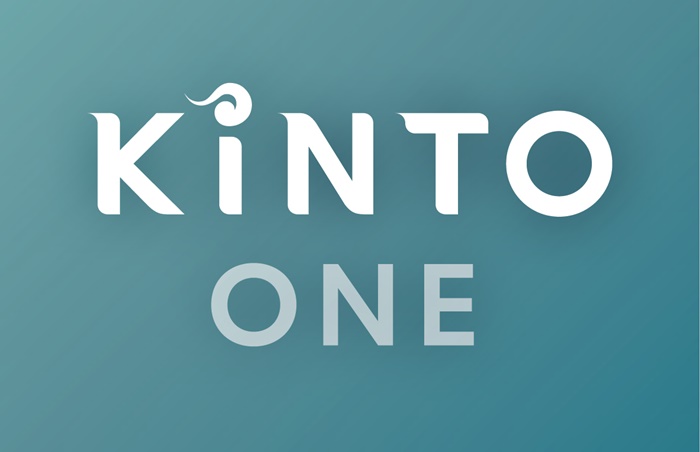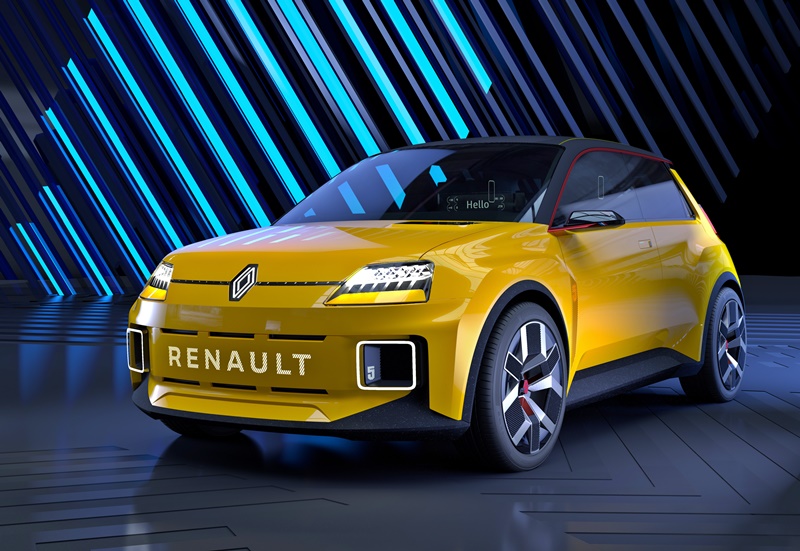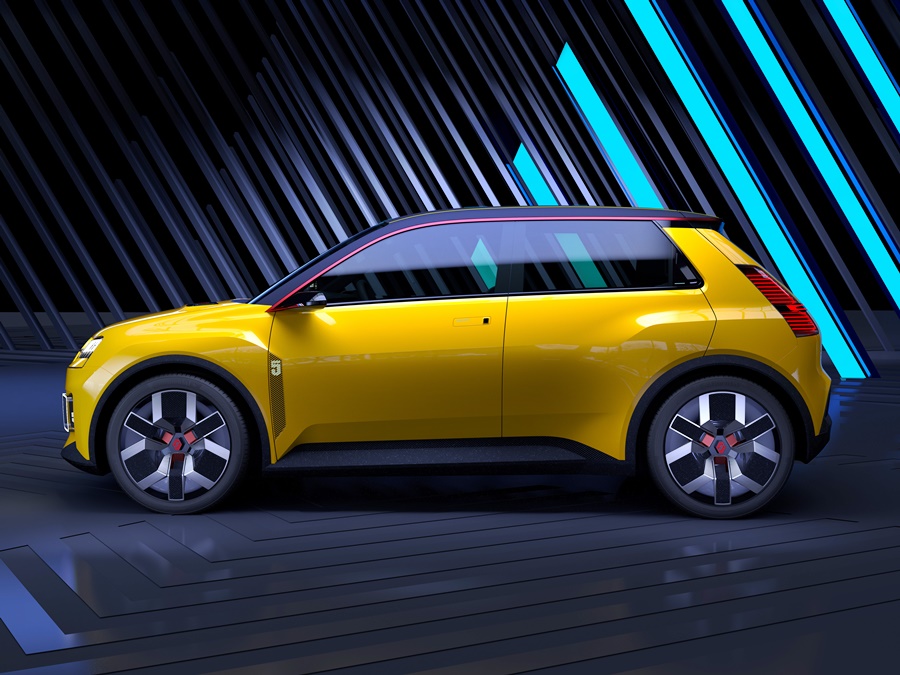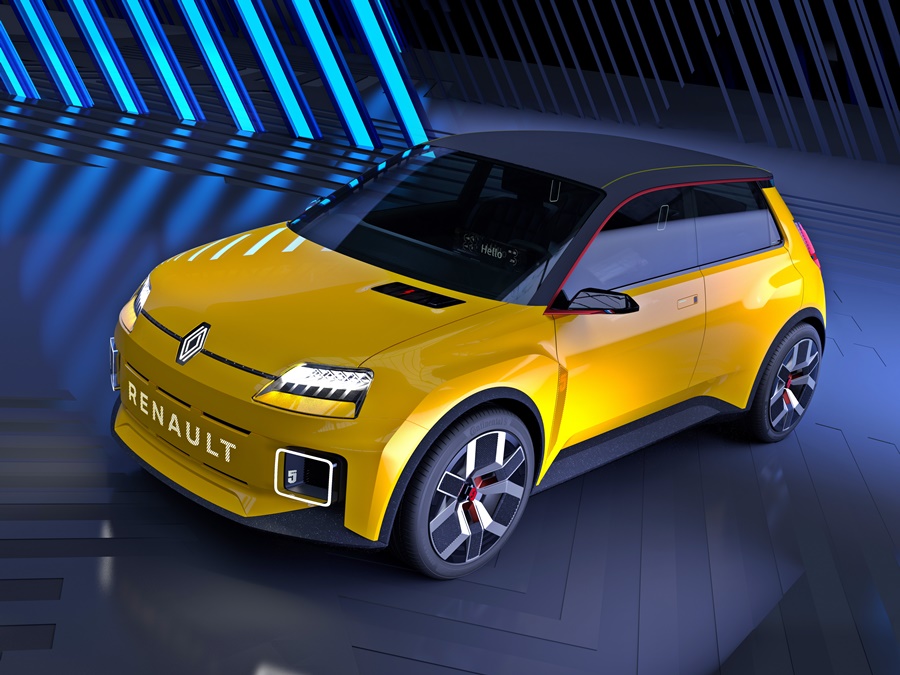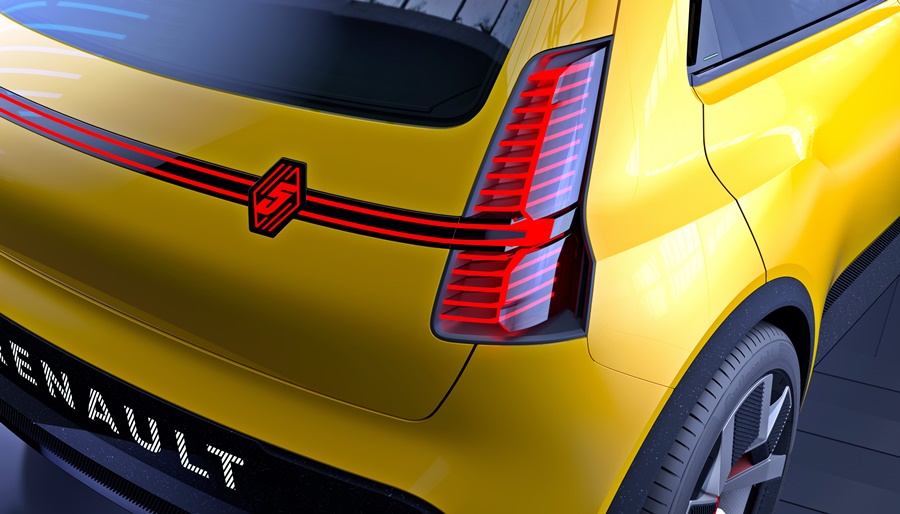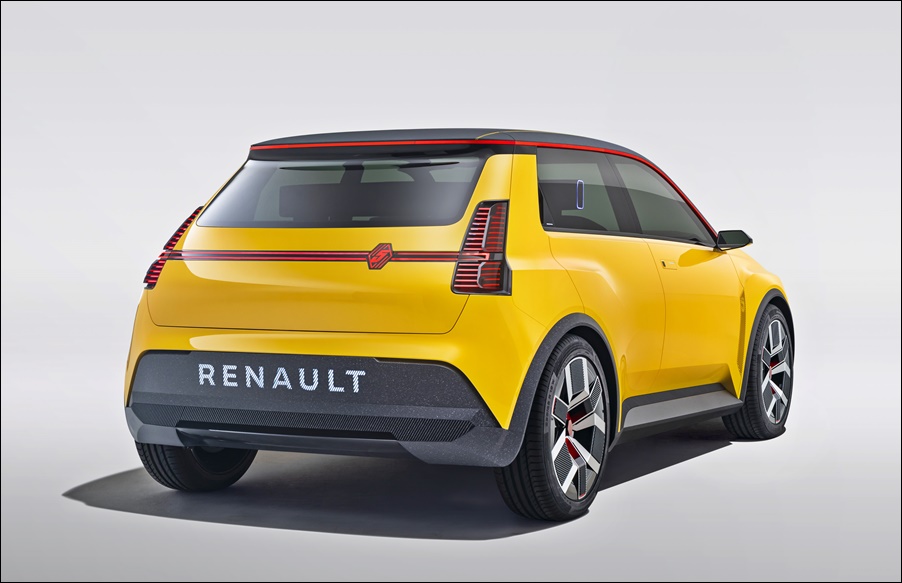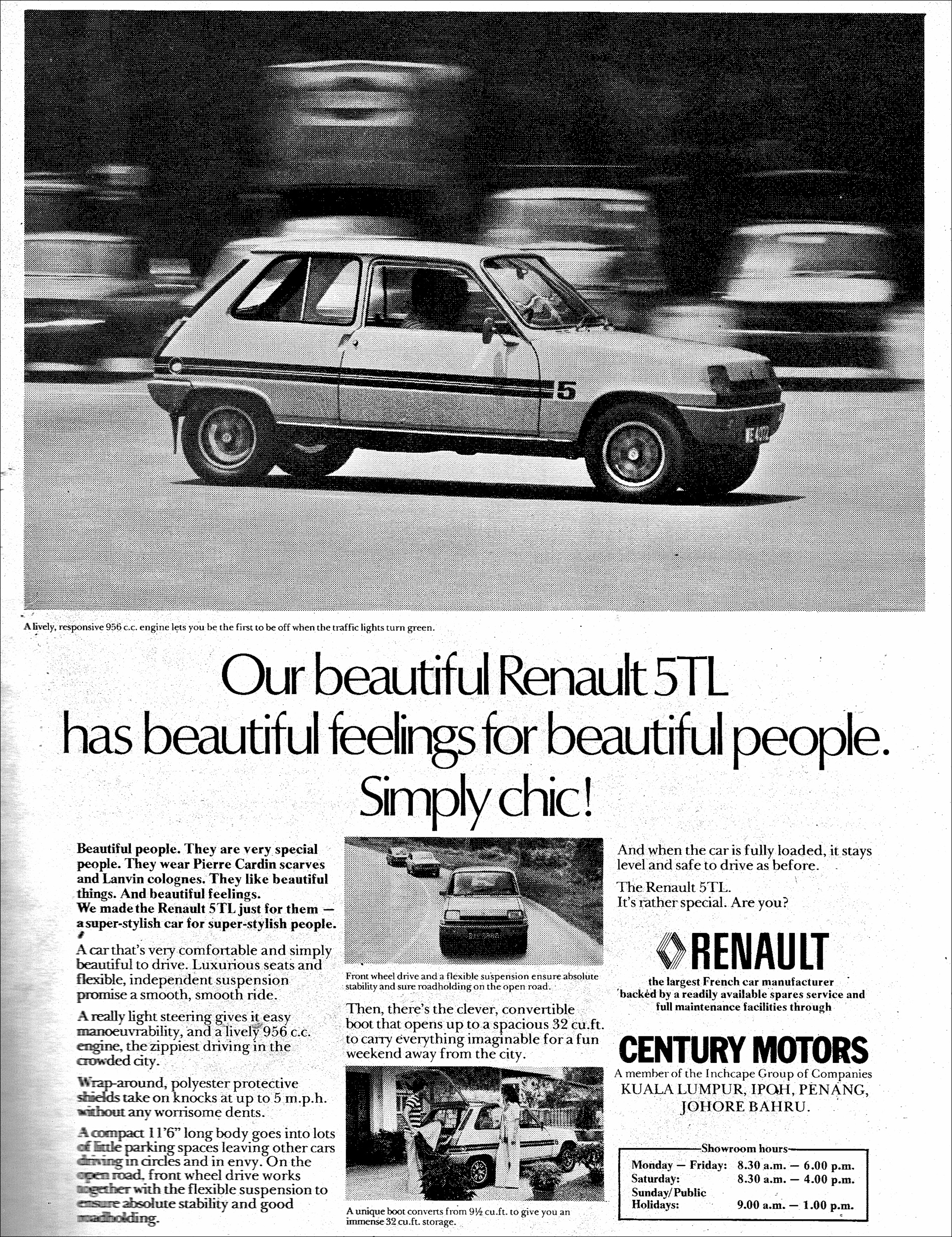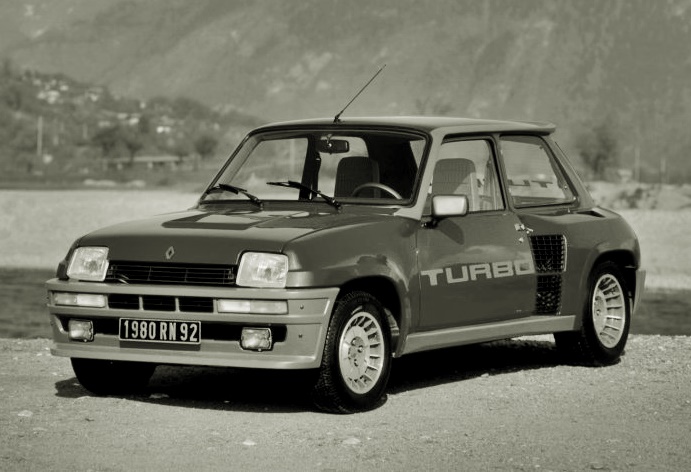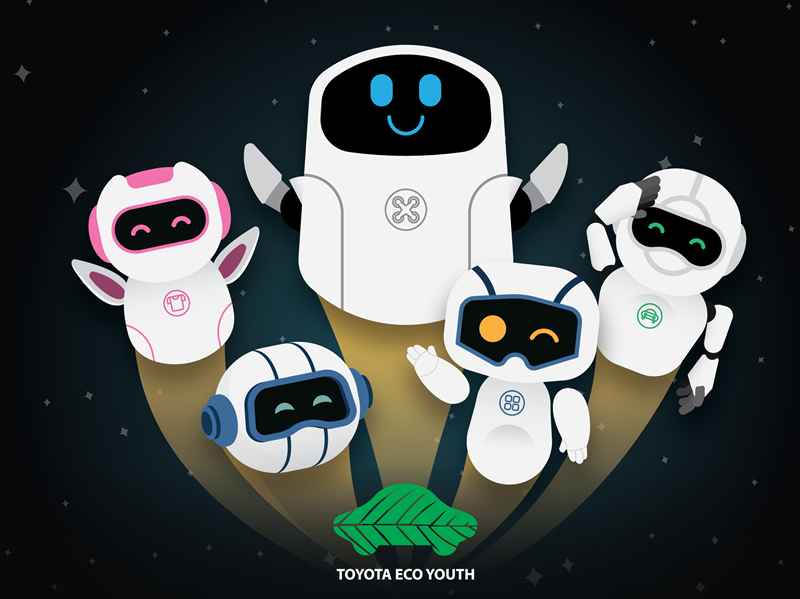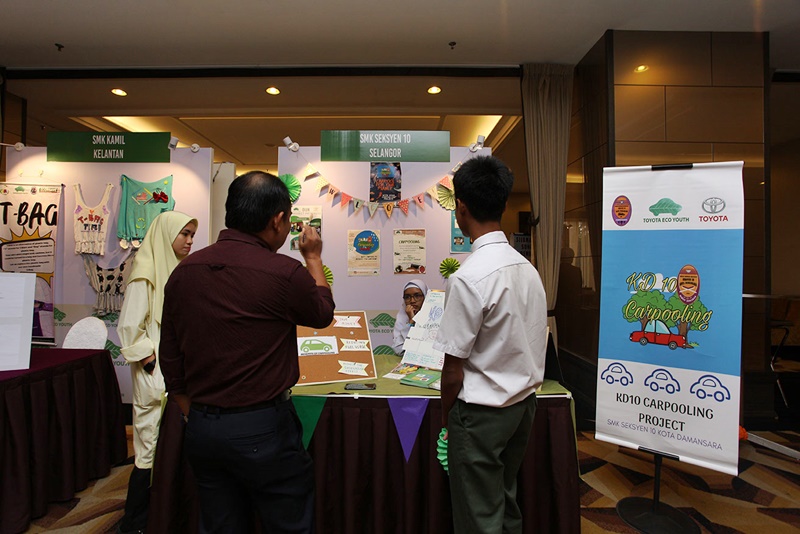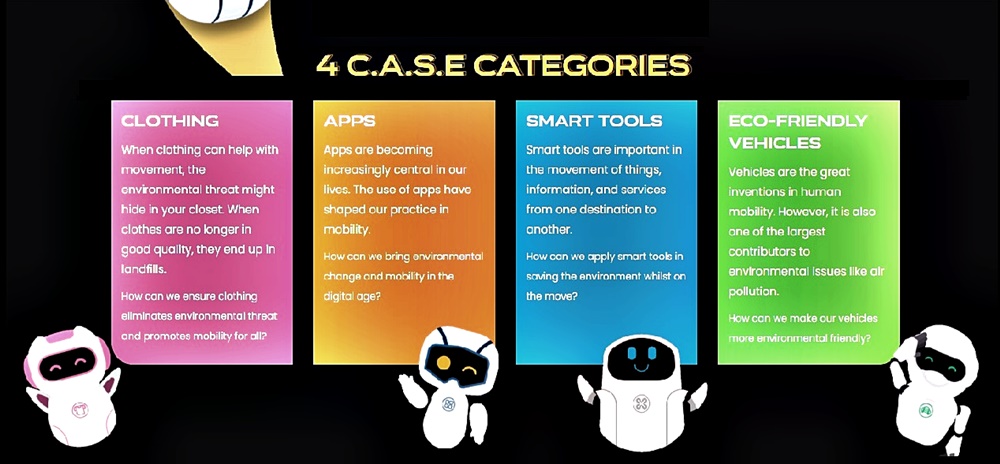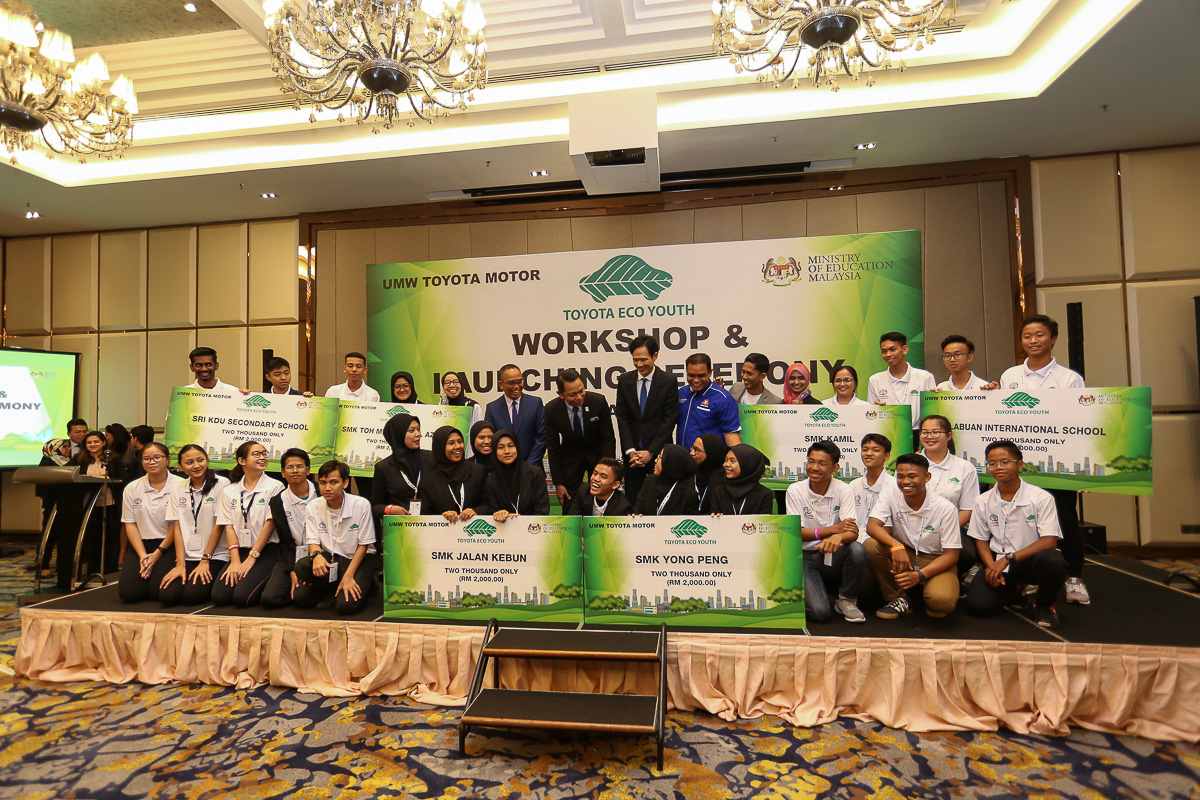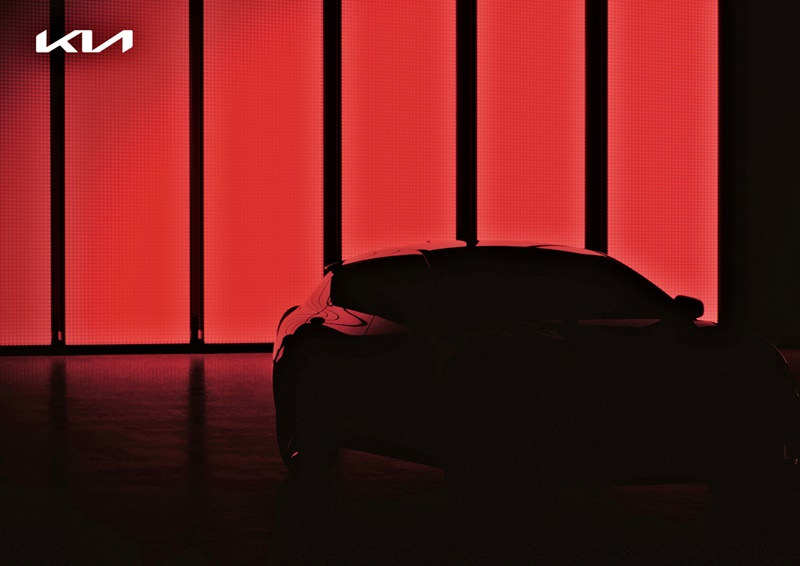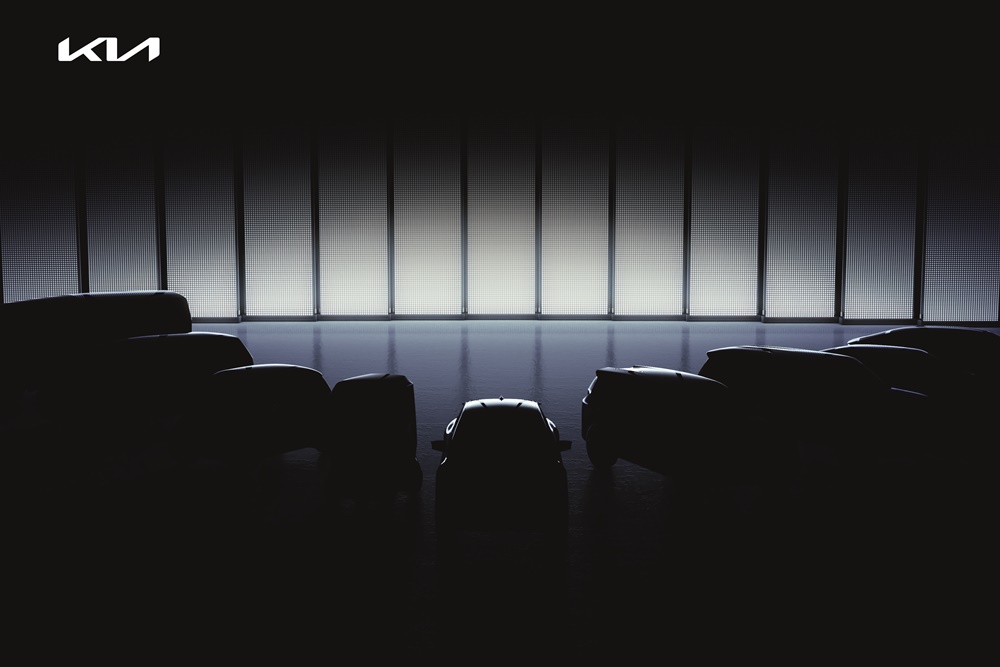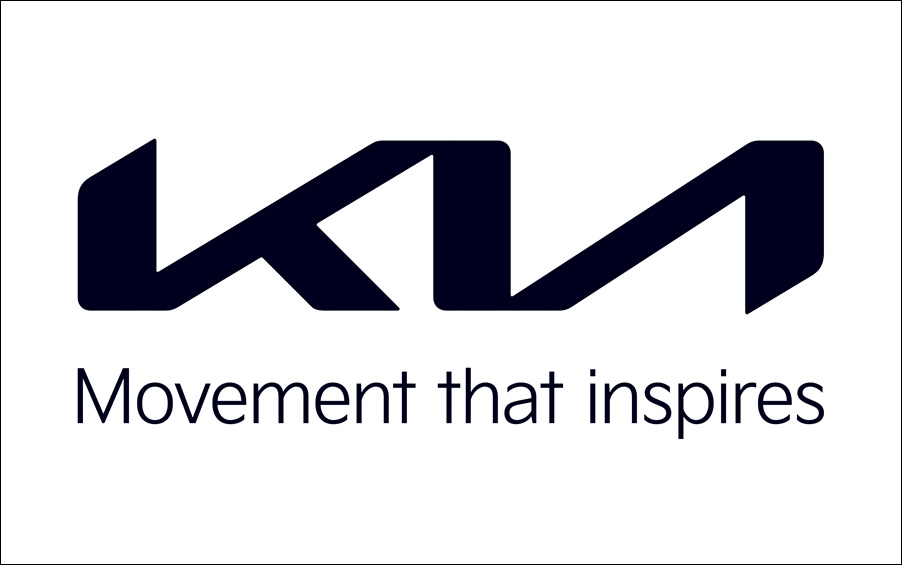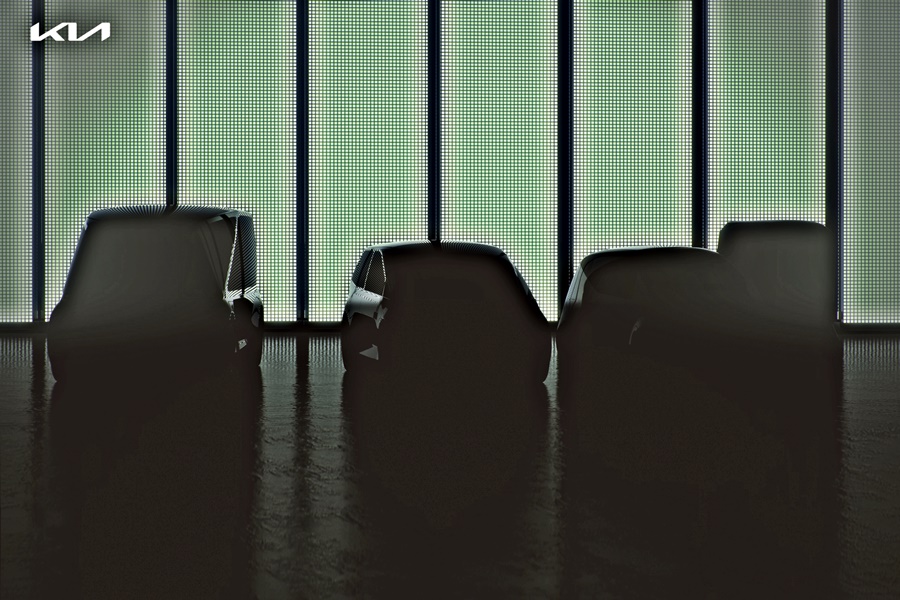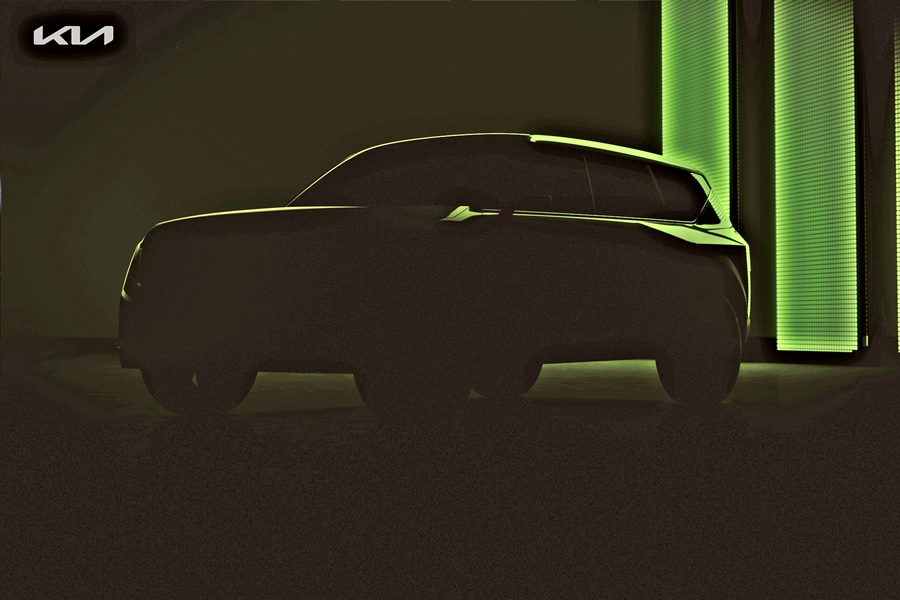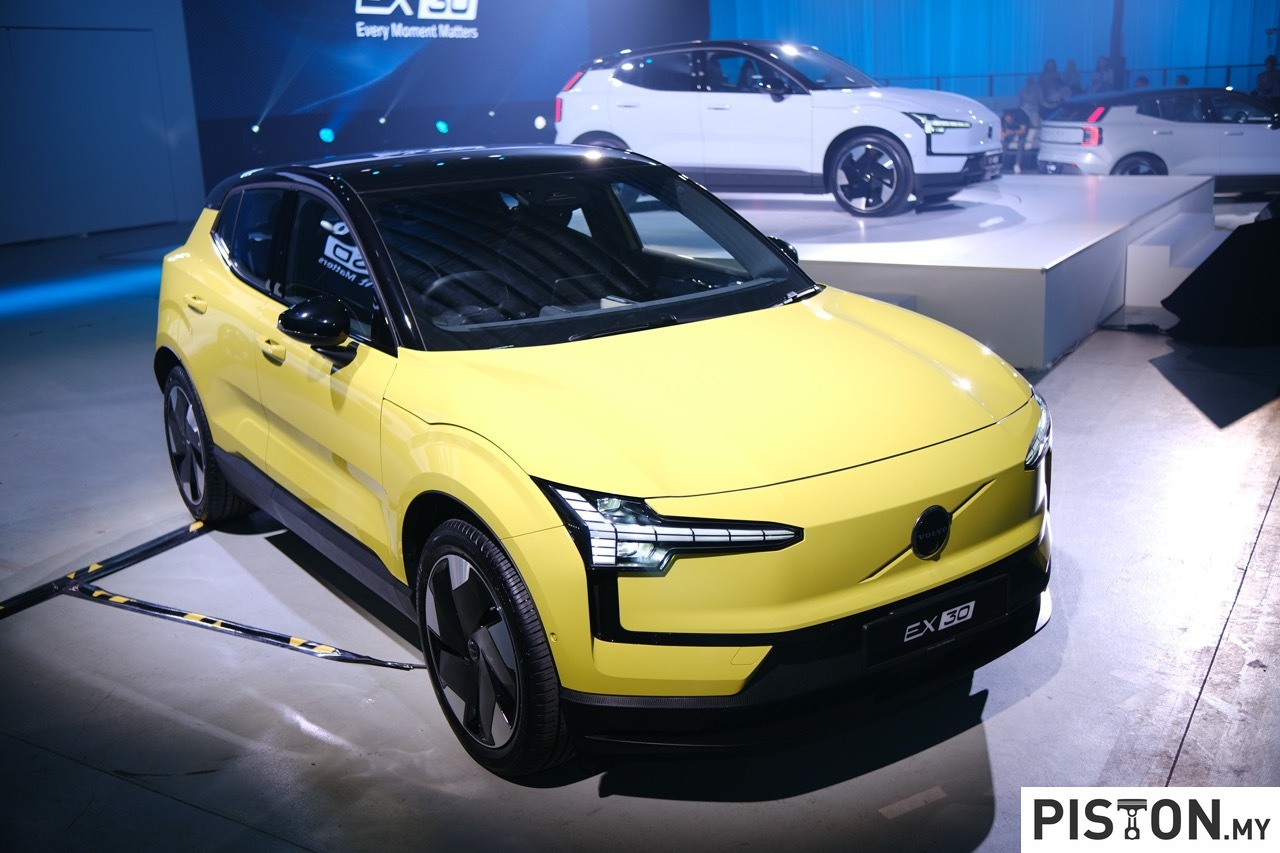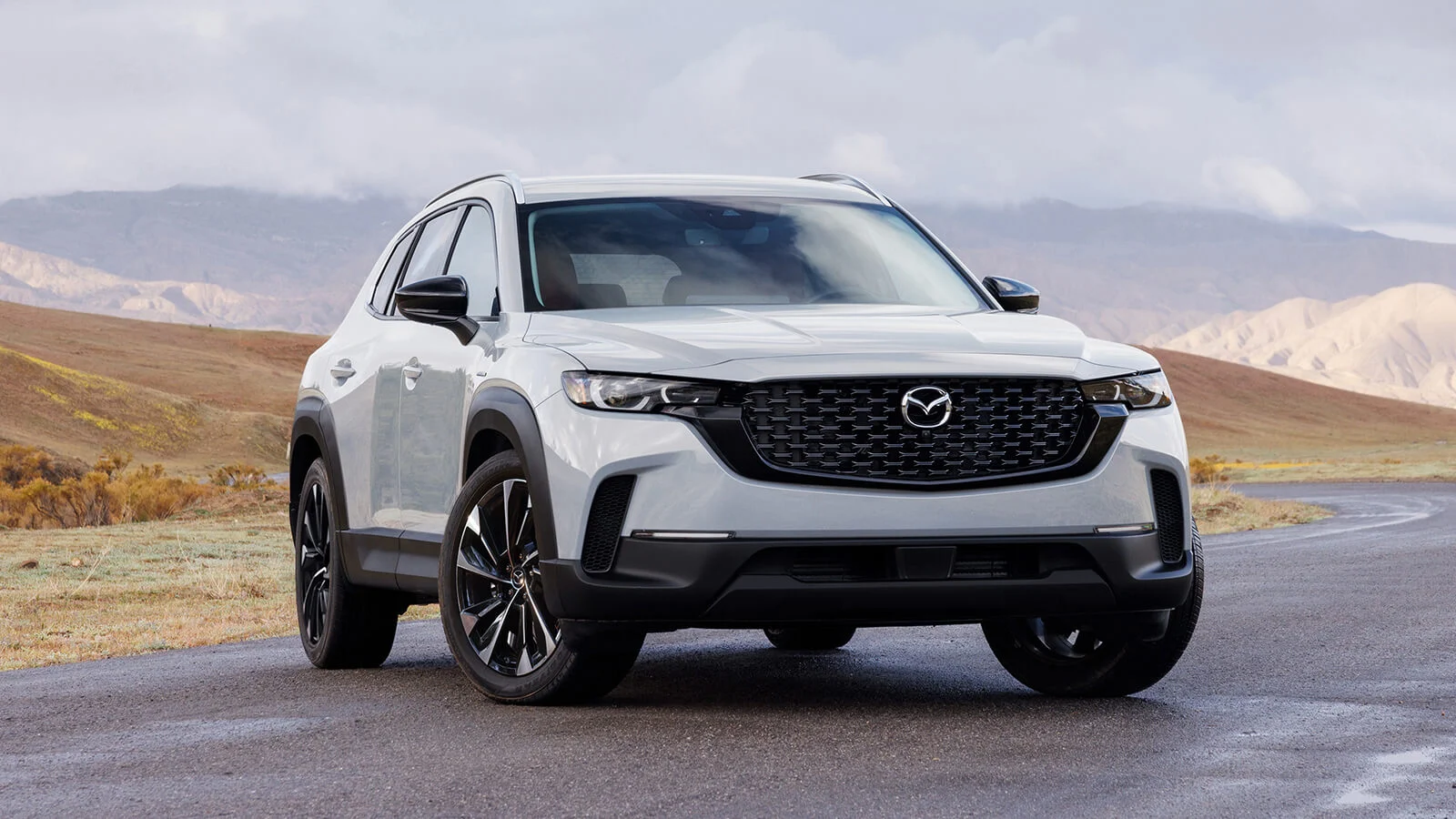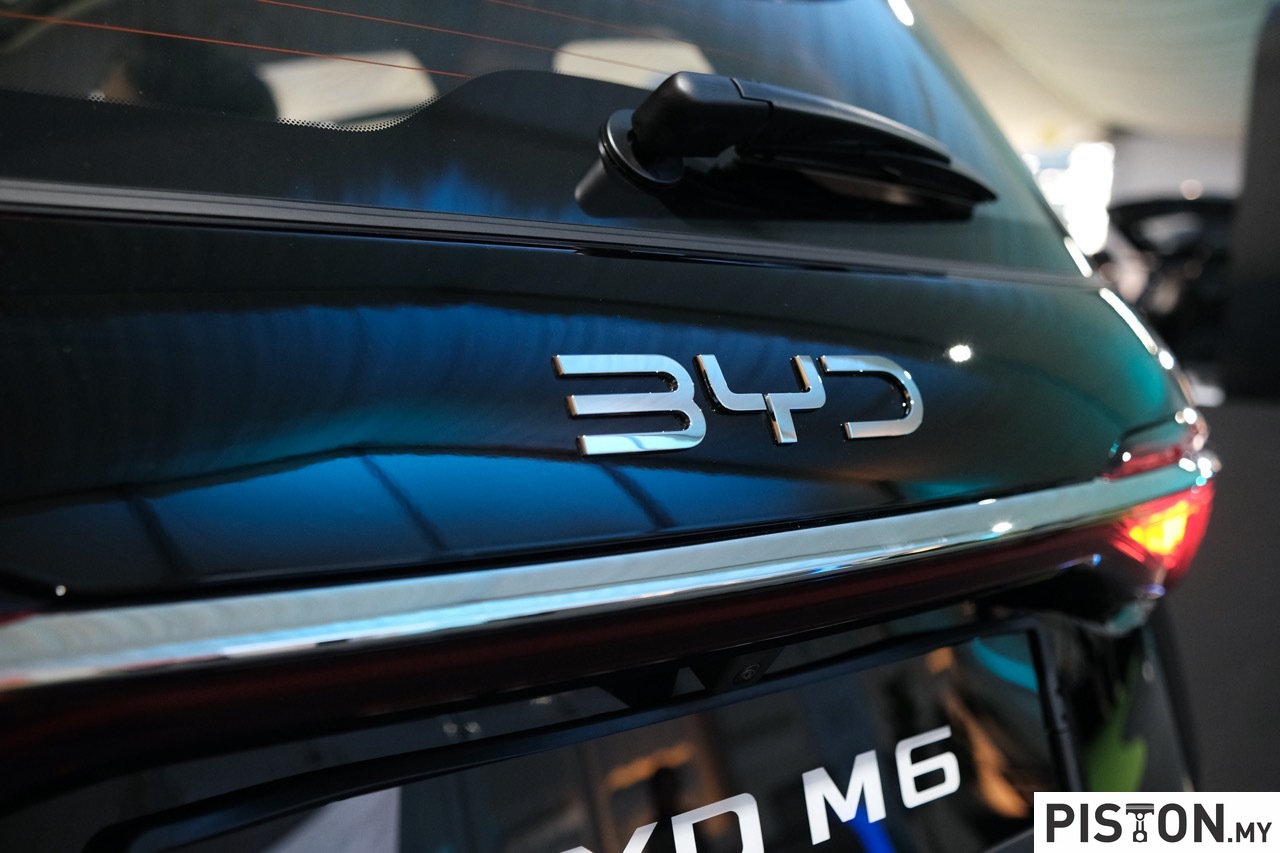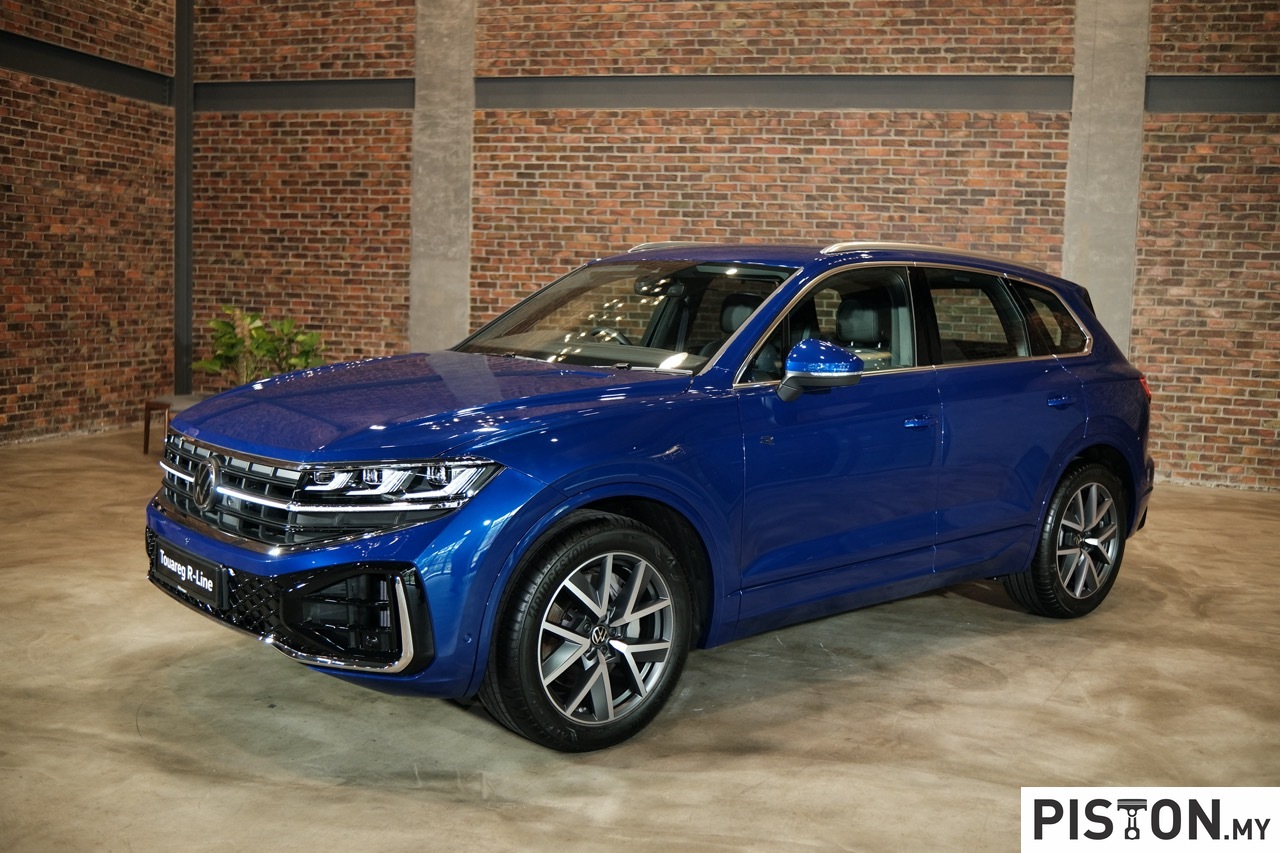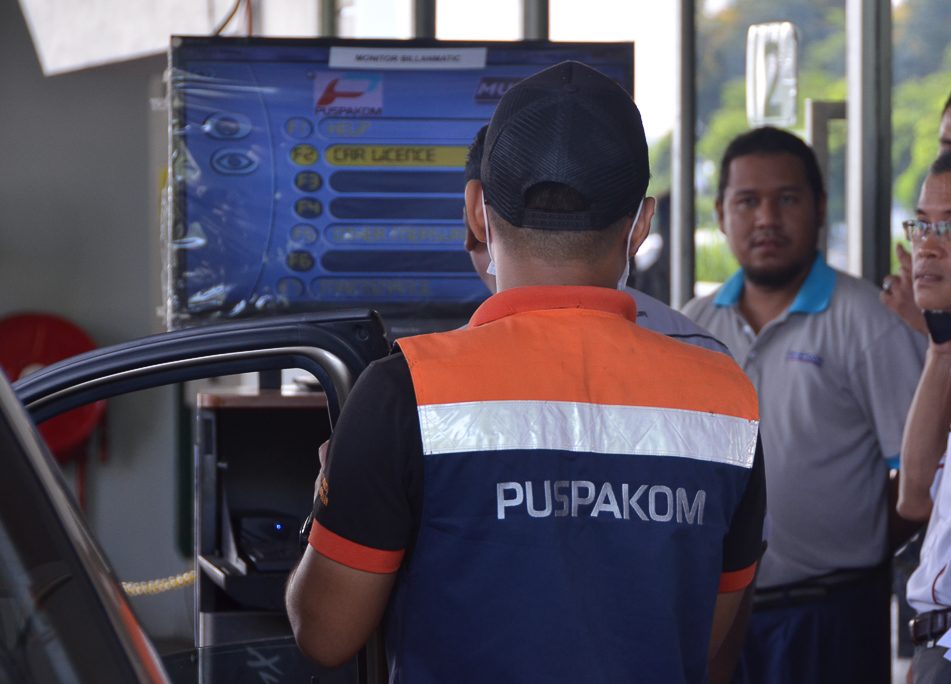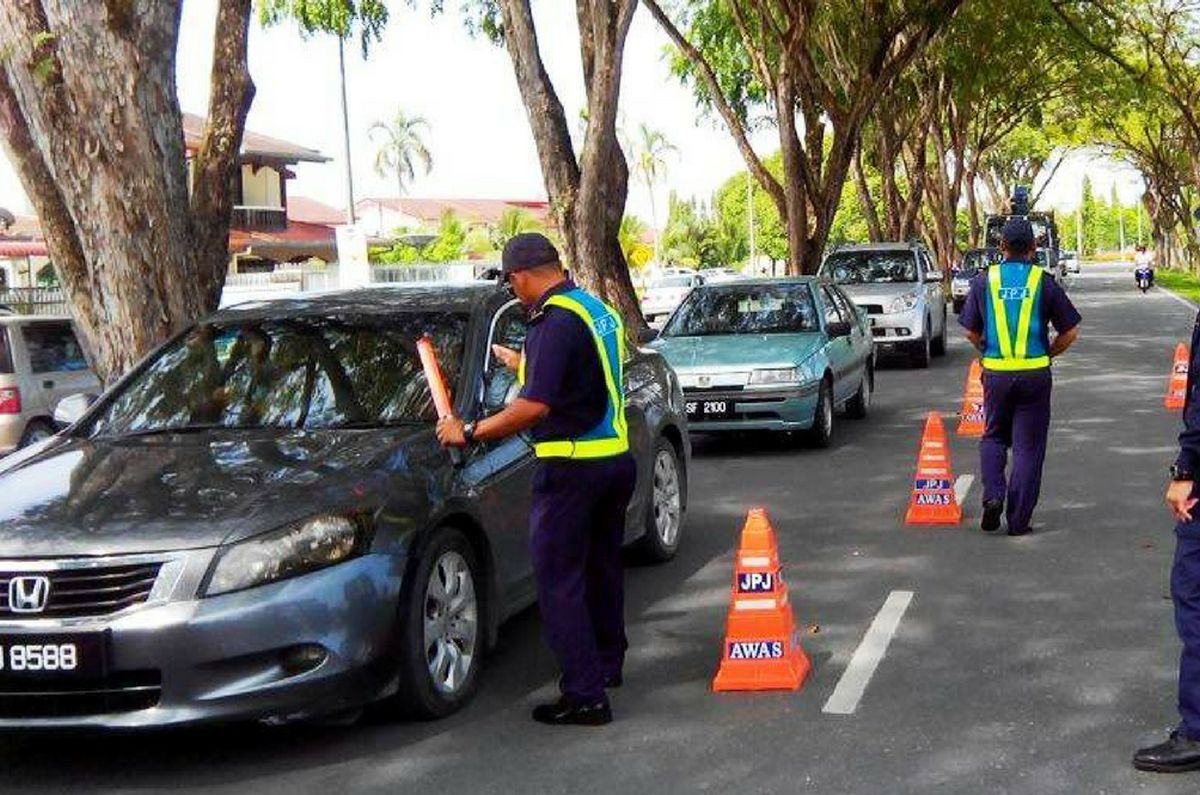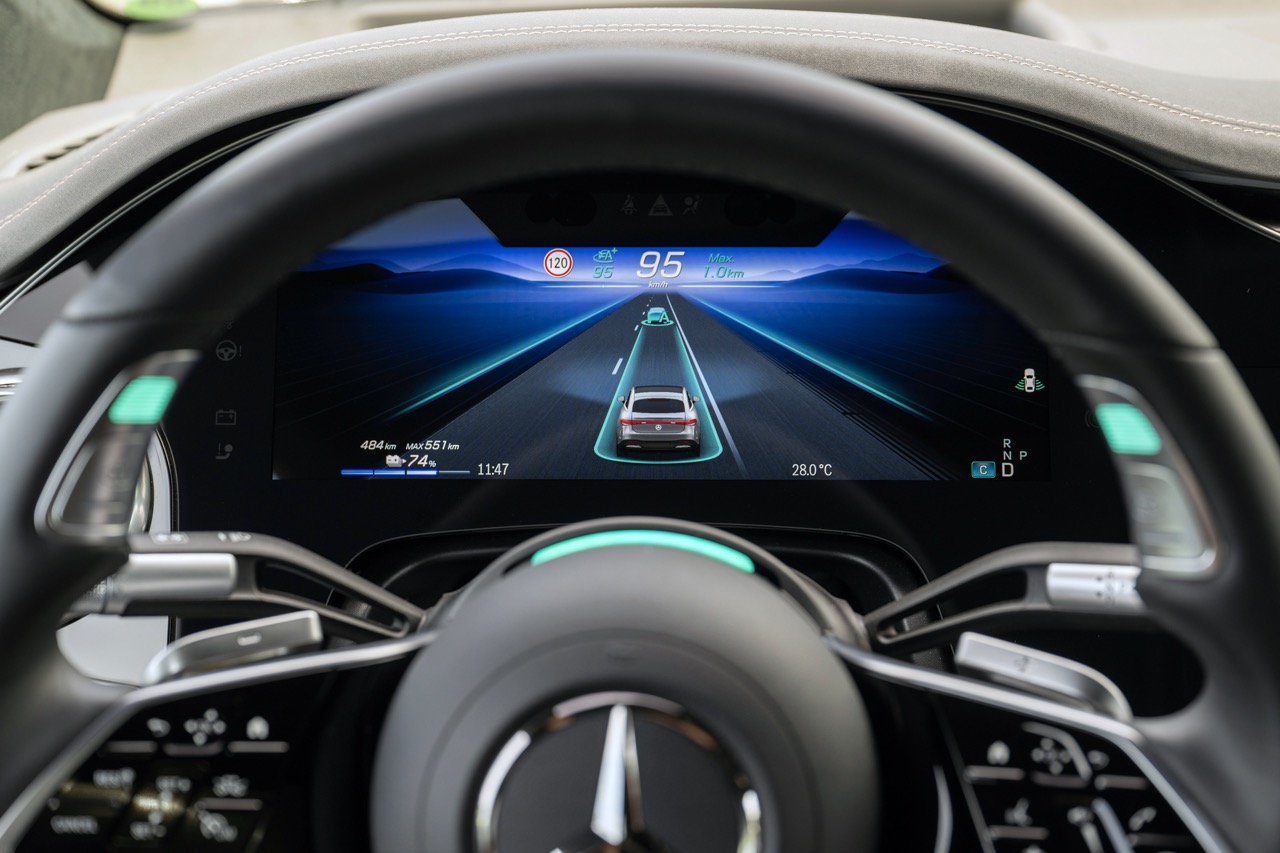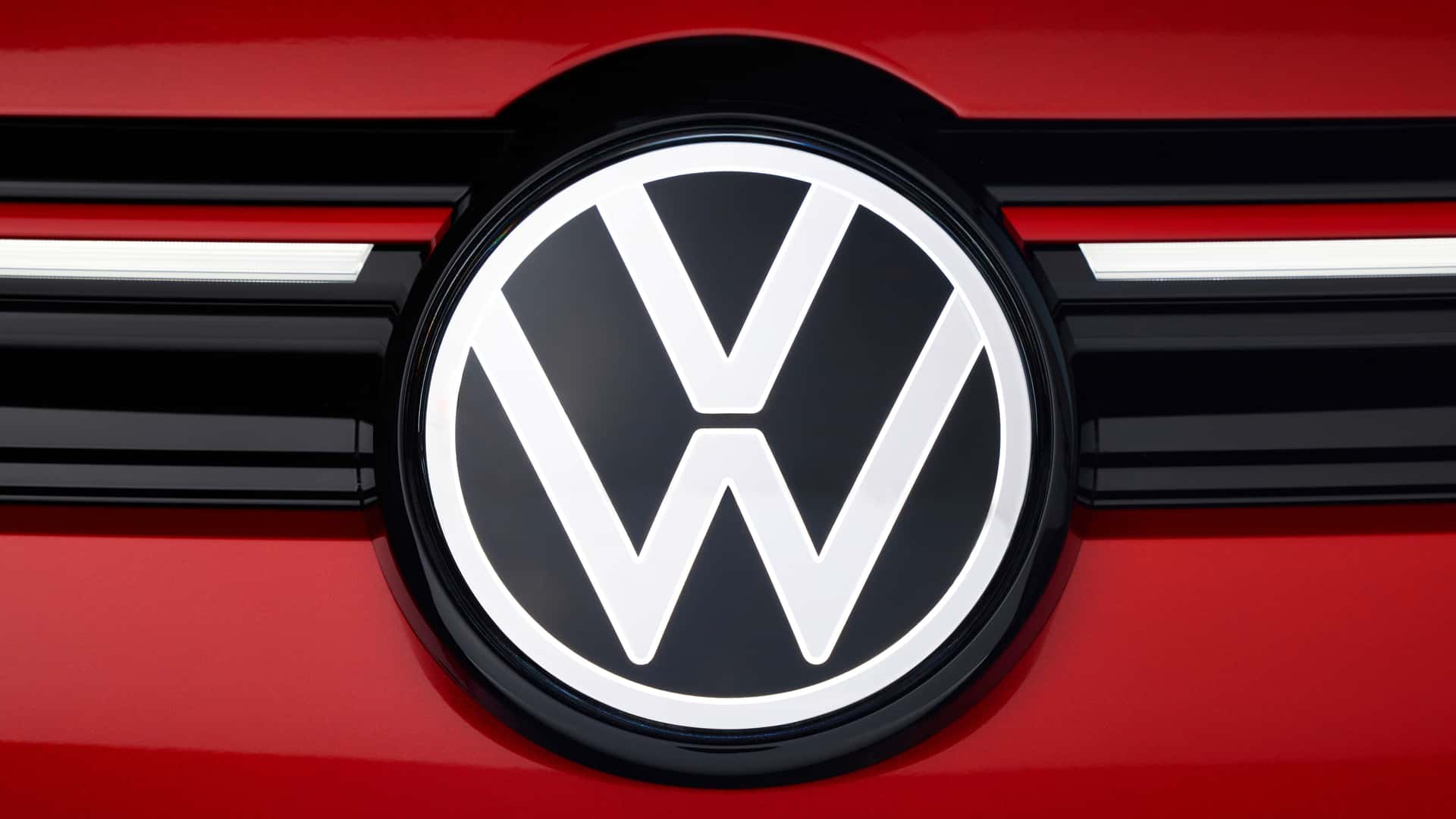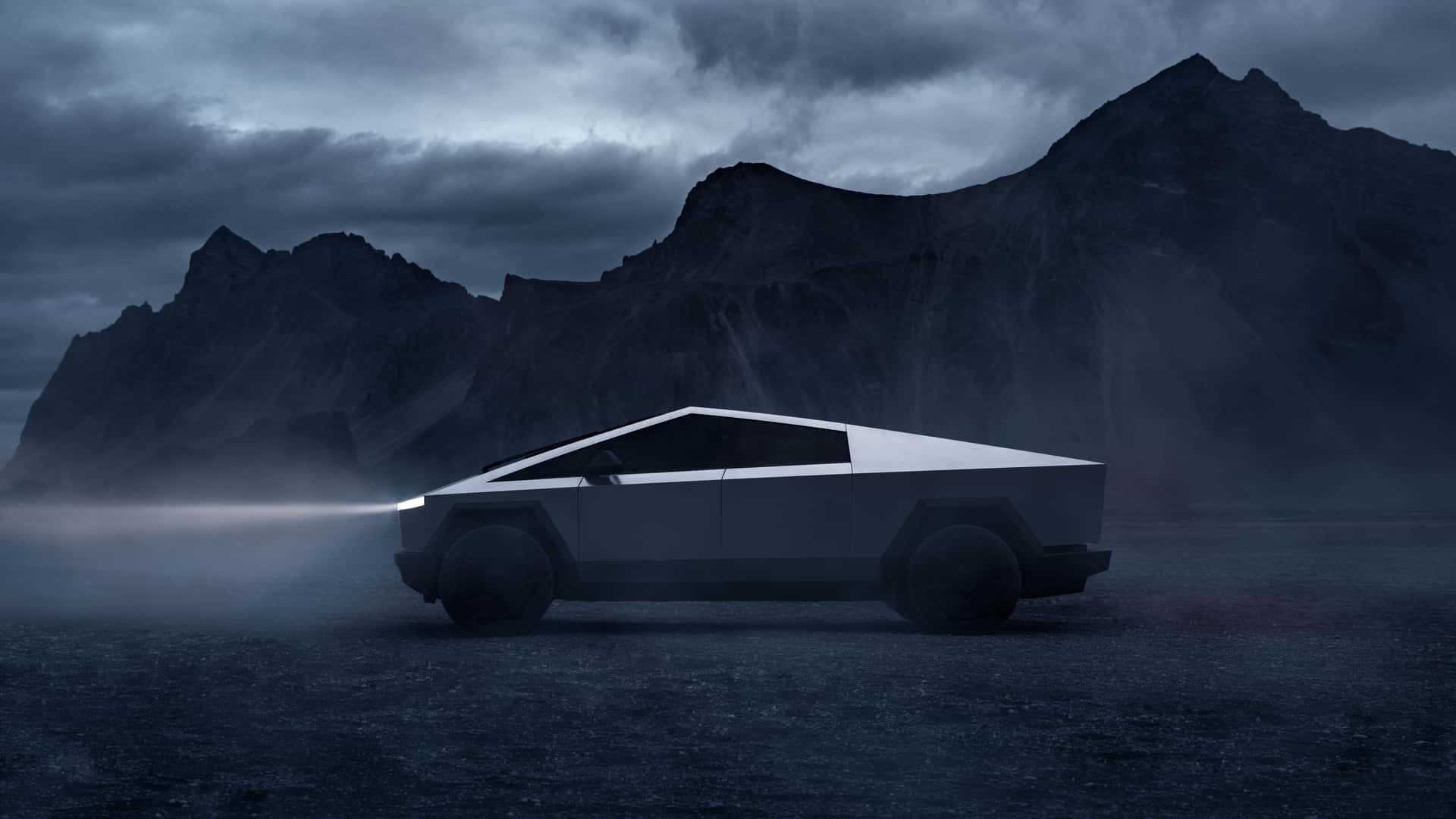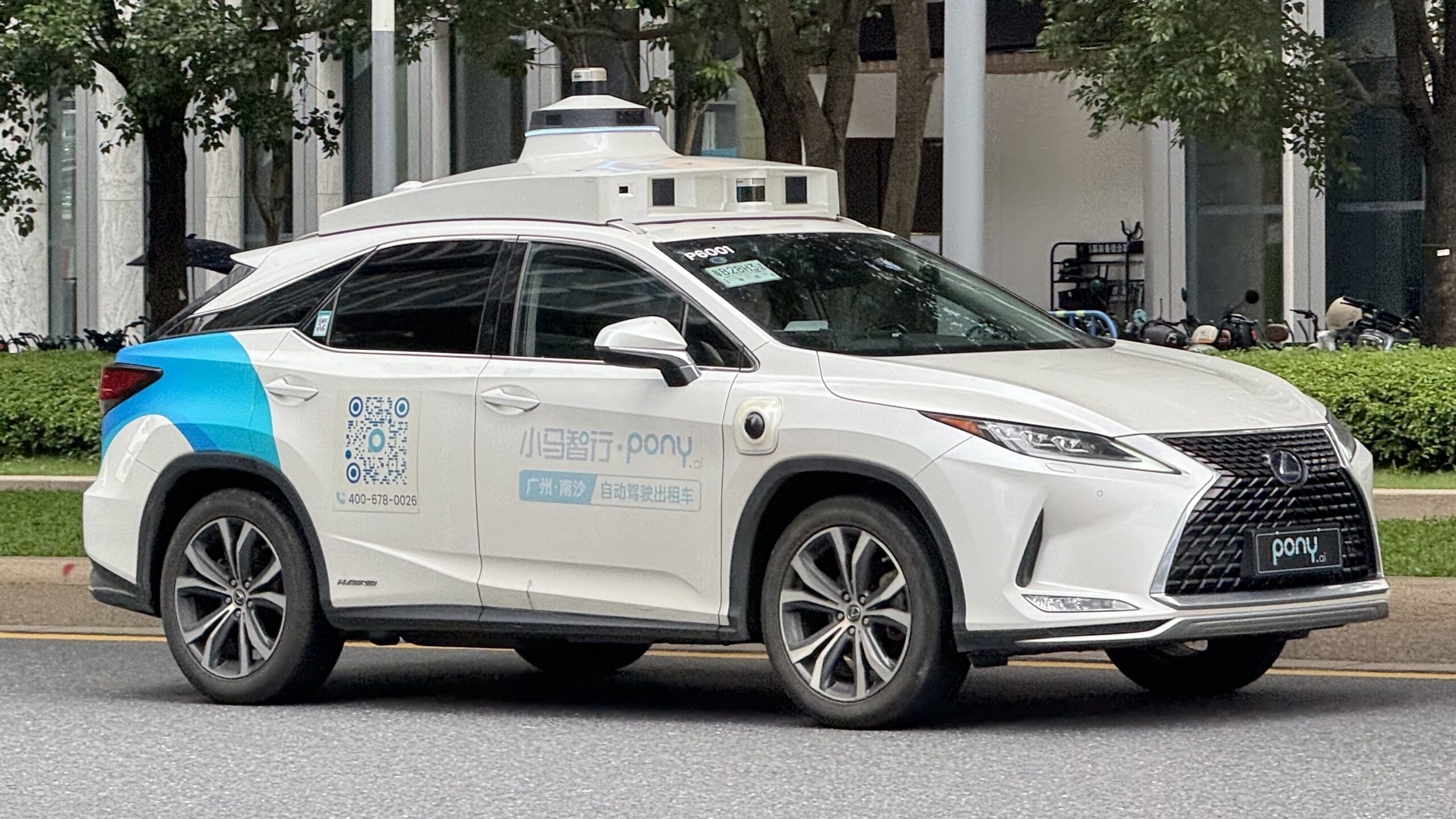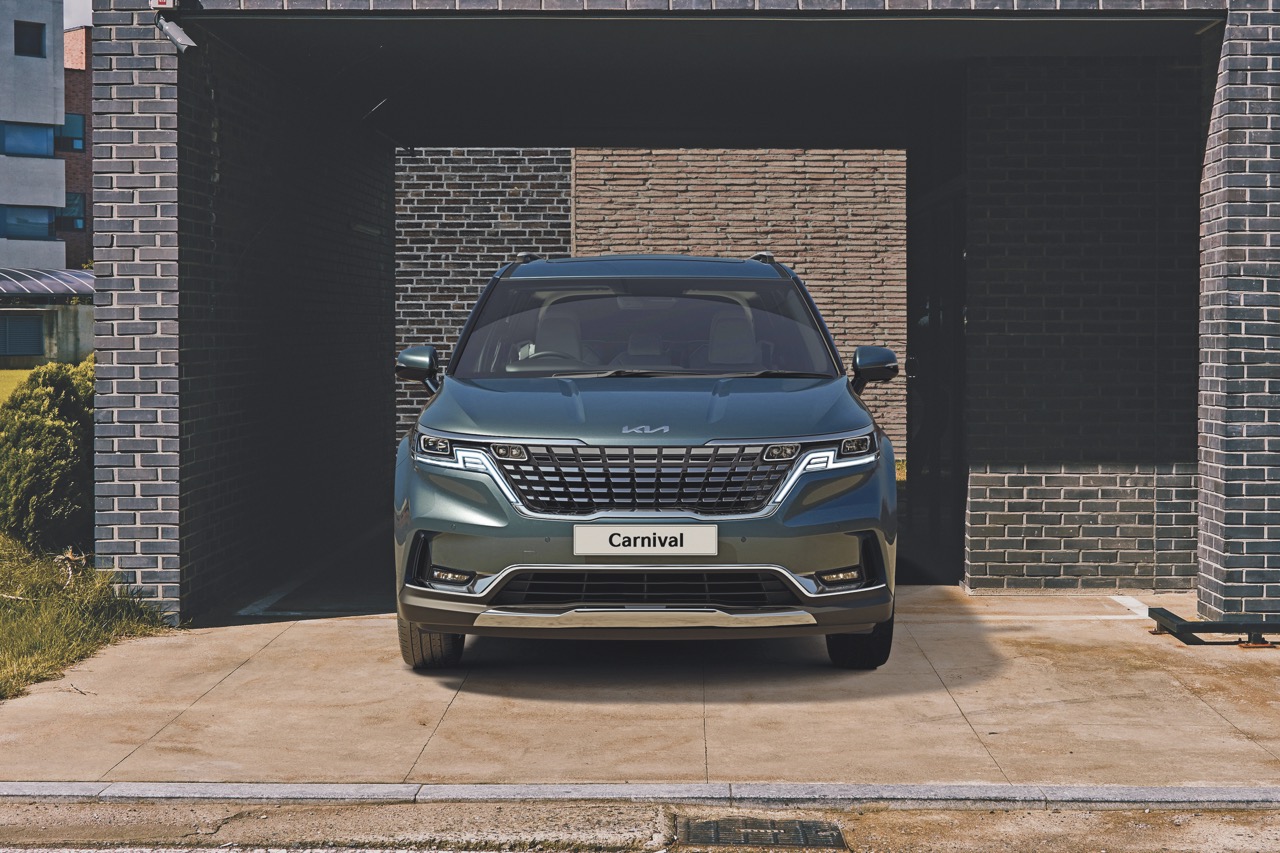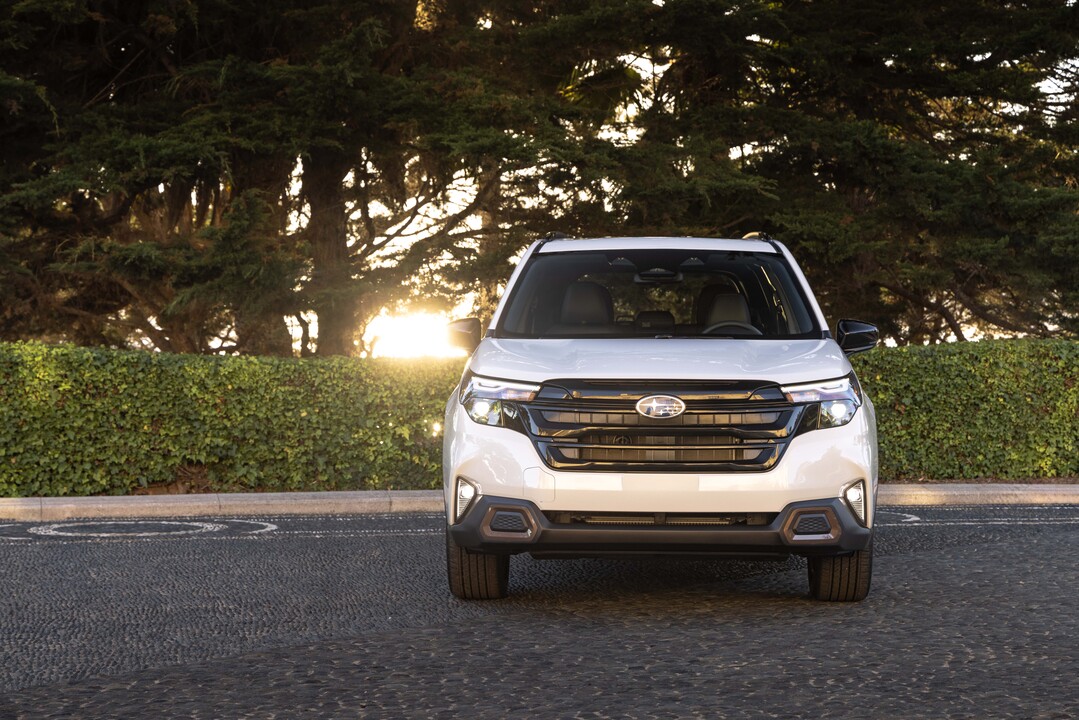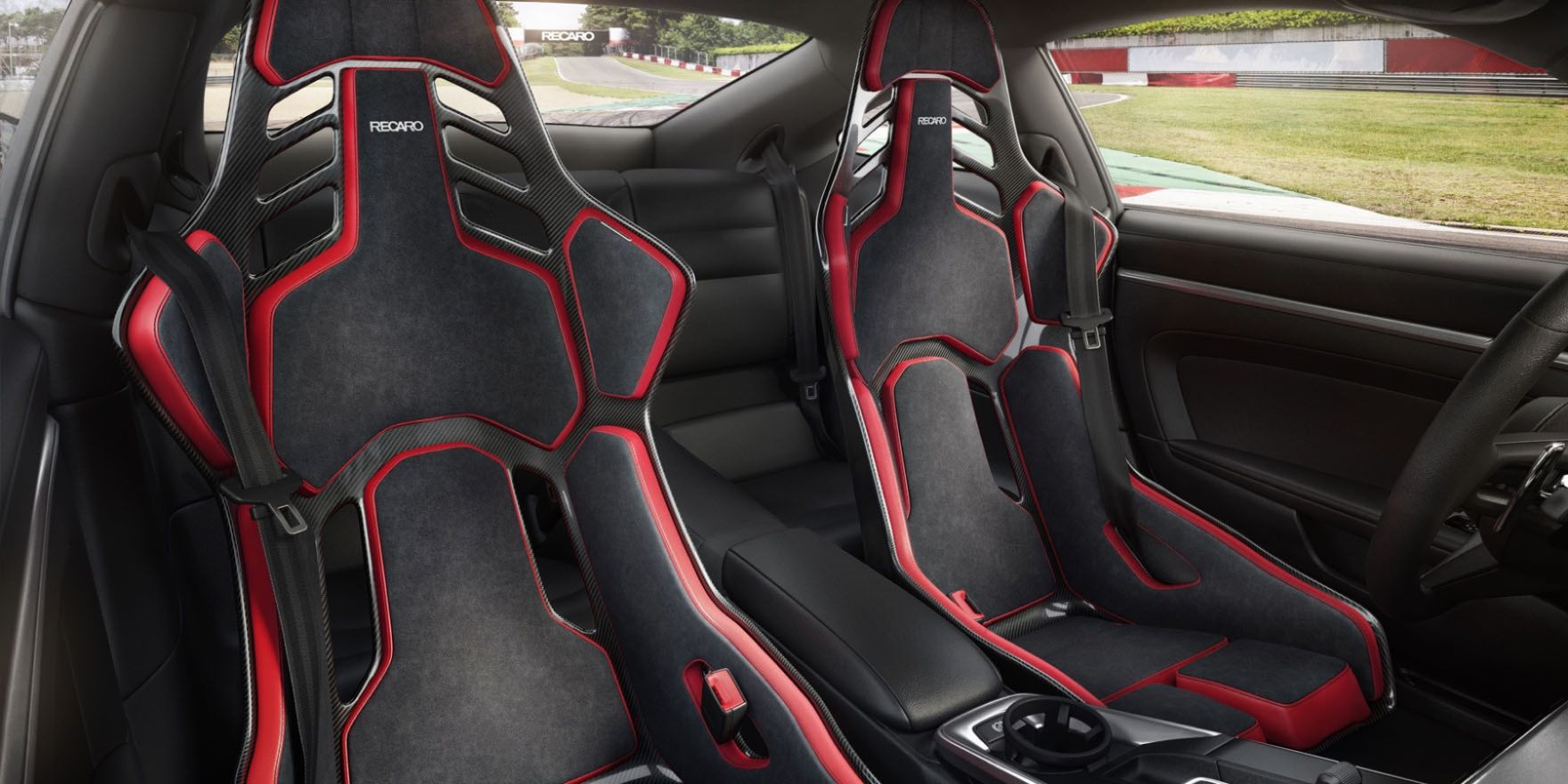In the late 1990s, Chrysler and Daimler merged (at least that’s what the German side called the union, although it was not really so) and created a ‘mega corporation’ in the auto industry. The move had a significant impact on the industry, beginning a rush of consolidations as companies realised that big numbers were vital for survival.
But within just 3 years of the creation of DaimlerChrysler, Chrysler was losing US$3 billion each year and cultural differences didn’t help in the trans-Atlantic marriage either. The Daimler people felt that their way was best for corporate culture, and of course, that created friction. In the end, the two sides parted company in 2007 and Chrysler rebuilt itself.
7 years later, Chrysler again ‘re-married’, and again, it was a European partner – the Fiat Group. The merger created the FCA Group with all the brands from Fiat (except Ferrari) coming together with Chrysler’s Dodge, Chrysler, Jeep and Ram Trucks brands.
Merger negotiations began in 2019
Though operating more globally then if Chrysler stayed single, FCA still faced strong competition and in 2019, FCA announced that it would merge with Groupe PSA on a 50:50 basis. With the need to gain approval from regulators and then the restrictions caused by the pandemic, the completion of the merger took a while and has finally taken place.
The merged entity is known as Stellantis, which we are told comes from the Latin word ‘stello’, and means ‘to brighten with stars’. The name will be used exclusively at the group level as a corporate brand, while the individual companies will continue to use their existing brands.
The company’s total workforce of 400,000 employees will be managed by an 11-member Board of Directors that has the grandson of Giovanni Agnelli (who headed Fiat from 1966 – 2003) as Chairman, John P.J. Elkann. The one who will run the show will be CEO Carlos Tavares, who has been heading Groupe PSA. Like Toyota’s Akio Toyoda, Tavares, who worked with Carlos Ghosn in the Renault-Nissan Alliance, is also a racing driver.
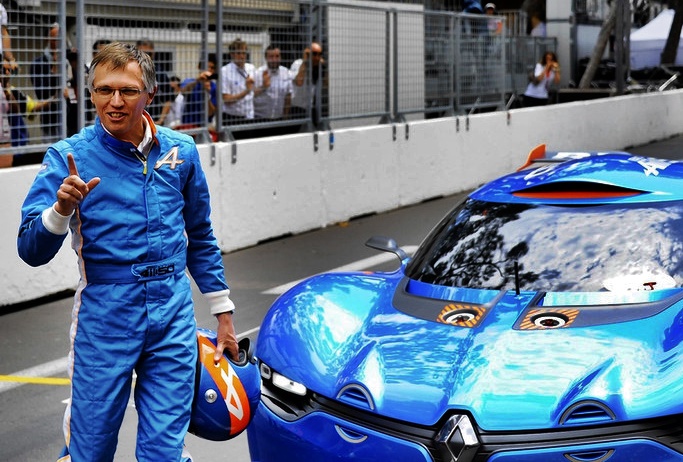
Auto industry pioneers in group
Stellantis will leverage the strengths of the two groups to design, develop, manufacture, distribute and sell vehicles and mobility solutions around the world. Both companies have roots that go back to the early days of the auto industry; Dodge started in 1900 while Peugeot produced its first car in 1889. So there is a long heritage to boast of, which may or may not prove useful in this age of ‘disruptors’ coming into the industry.
The number of brands is certainly quite extensive with Groupe PSA having brands like Peugeot, Citroen, Opel, Vauxhall (and might have had Proton too but Geely won the pitch instead). It’s the second time that PSA is involved with Chrysler as back in the late 1970s, it bought over Chrysler Europe for US$1 + debts.
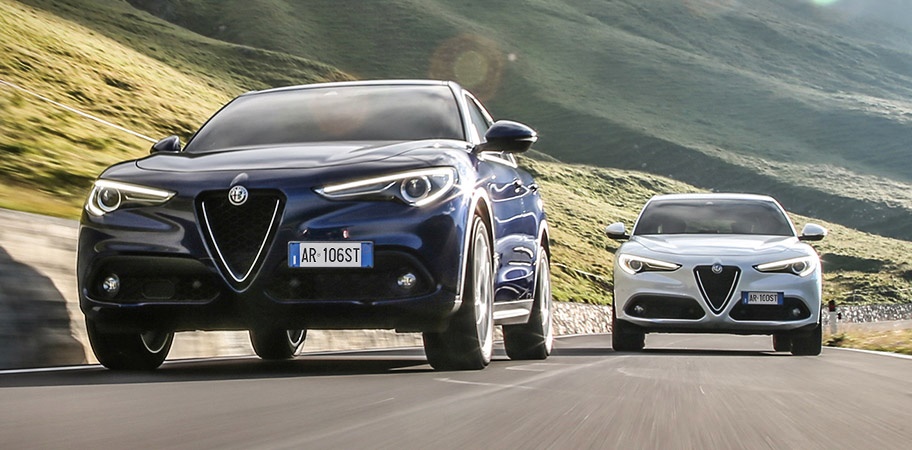
The brands in Stellantis cover the full spectrum of market segments from luxury, premium and mainstream passenger vehicles to pick-up trucks, SUVs and light commercial vehicles. As with most of the major carmakers, there are also mobility, finance and parts and service brands.
Global reach and synergies
Stellantis sees itself as starting from a position of considerable strength, claiming leading positions in North America, Europe and Latin America. It expects synergies to be the key to growth and further success. Besides a well-established presence in Europe, North America and Latin America through different brands, it aims to tap potential markets such as China, Africa, the Middle East, Oceania and India. By the end of 2021, it plans to have at least 39 electrified vehicles available in its range.
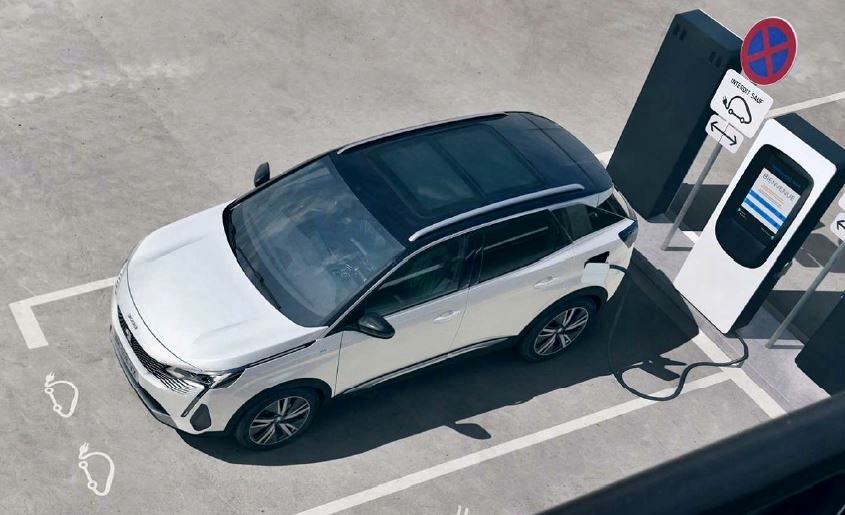
Commenting on the Stellantis’ journey ahead, Tavares said: “One year after we announced this project, Stellantis is born, notwithstanding the unprecedented societal and economic disruption caused by the COVID-19 pandemic. This demonstrates the agility, creativity and adaptability of our company, which aims to be great rather than big, determined to be much more than the sum of its parts. It is also a further signal of the new company’s determination to be a leading player in the automotive industry in this ever-changing environment. Stellantis is dedicated to ‘pursuing greatness’ and enhancing the well-being of its employees.”
Will Alfa Romeo be allowed to live under the new FCA+PSA merger?





